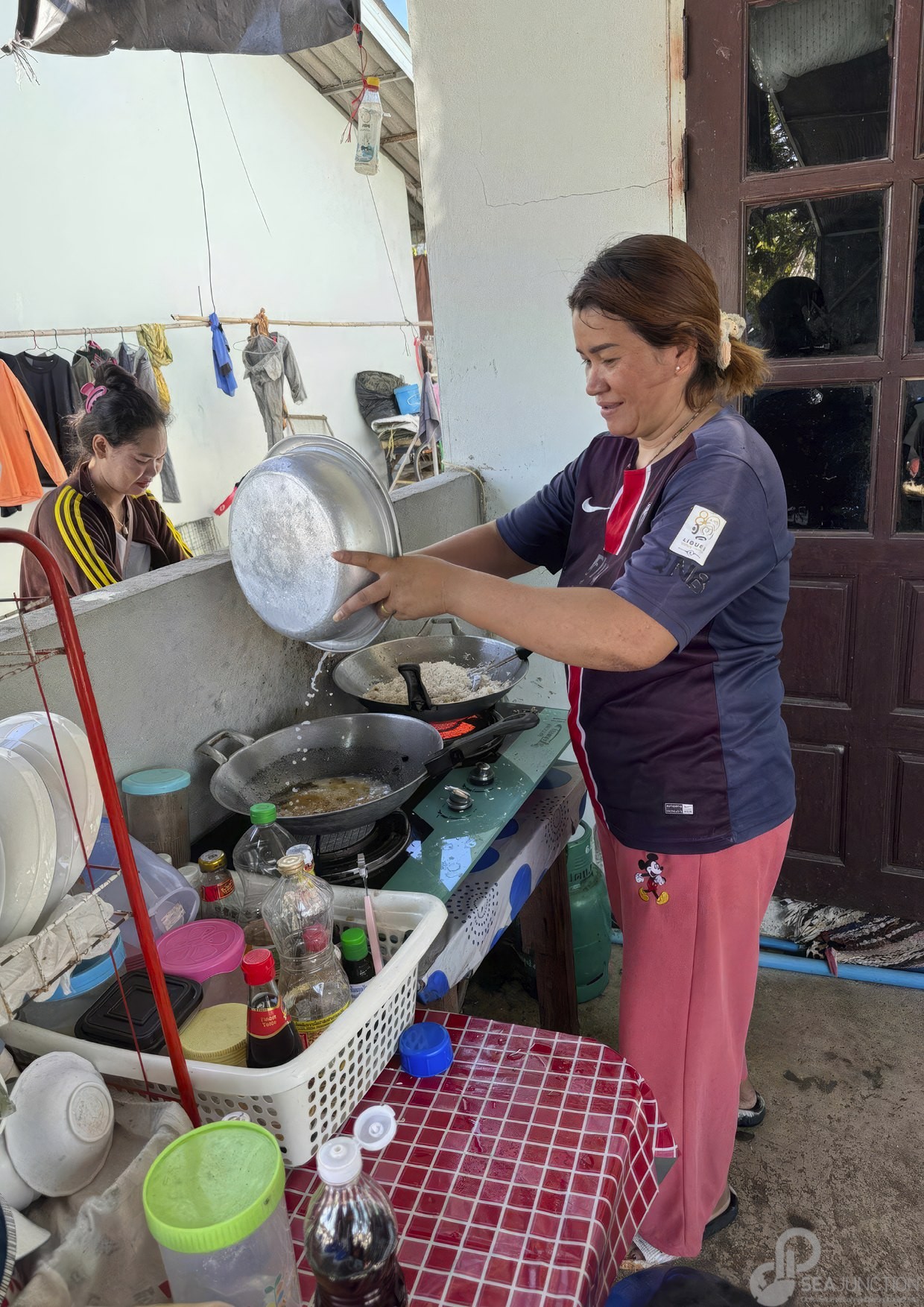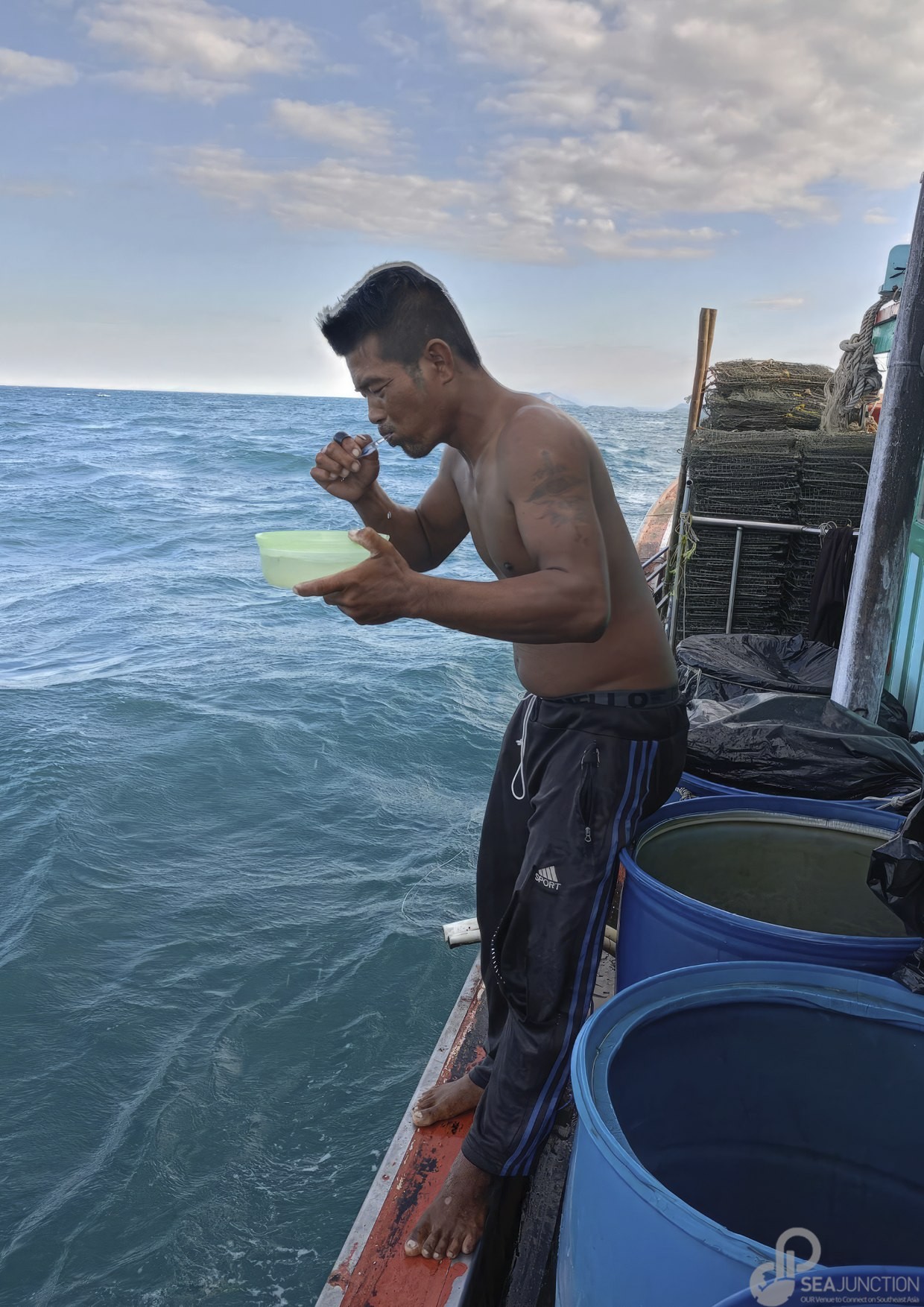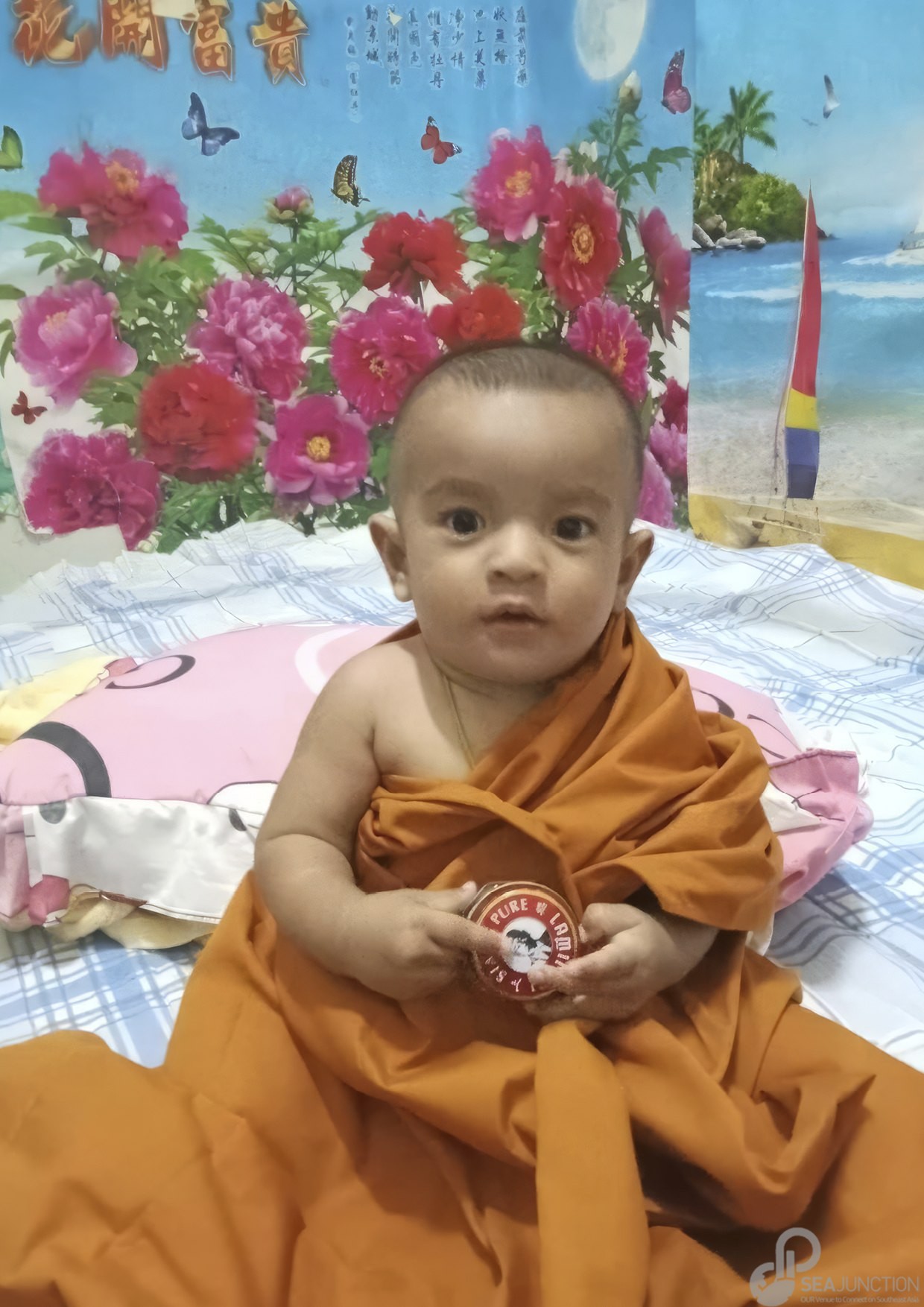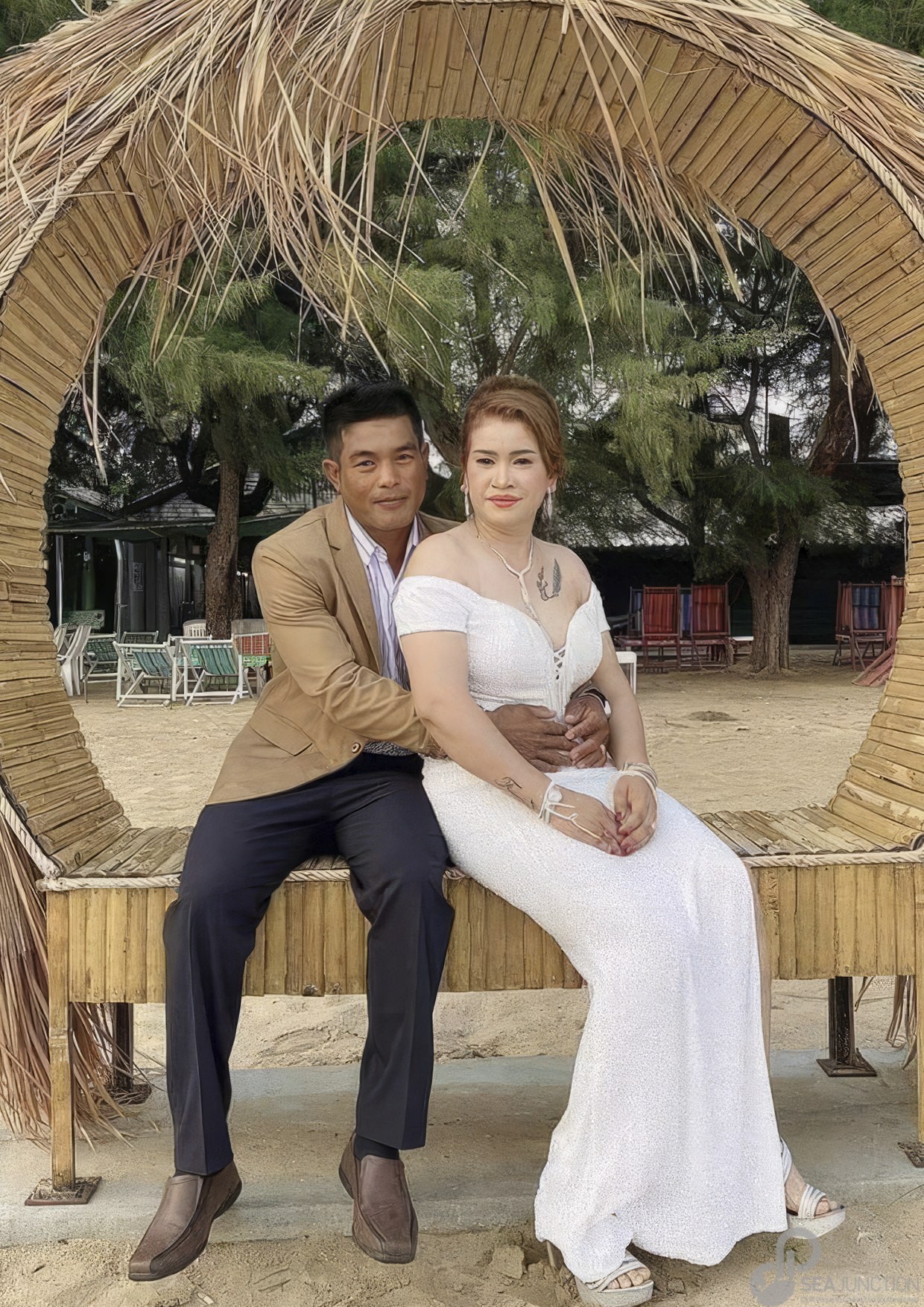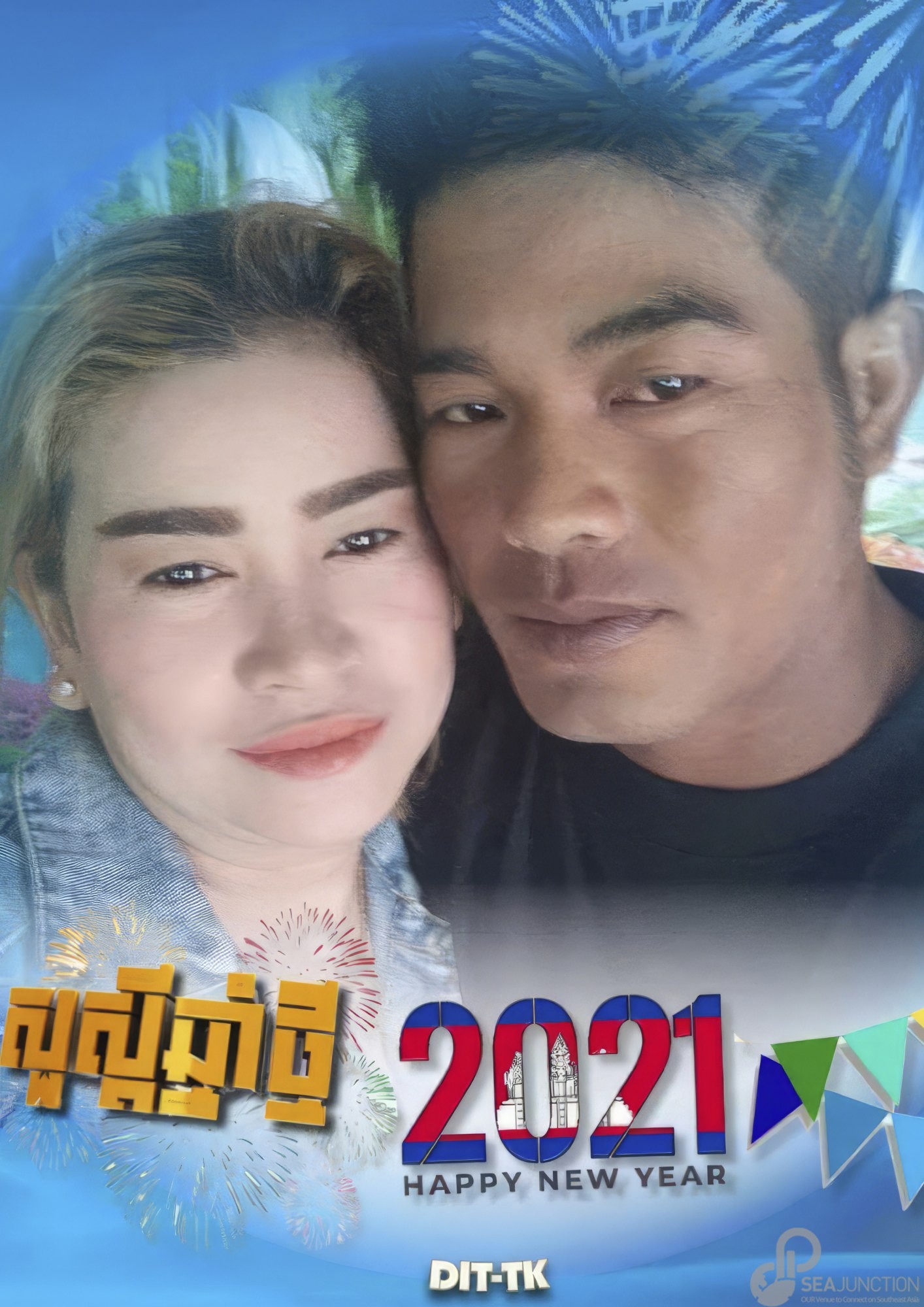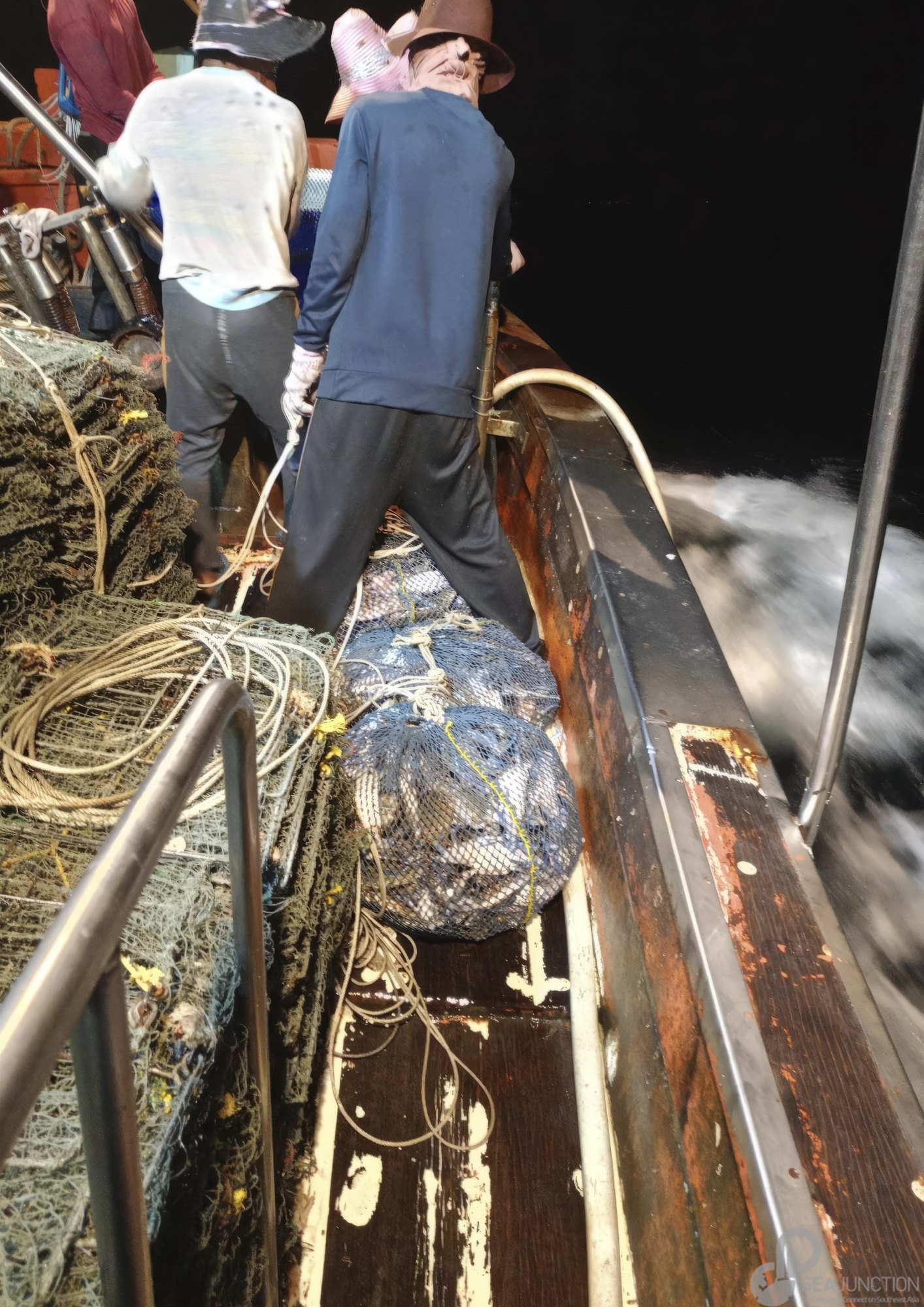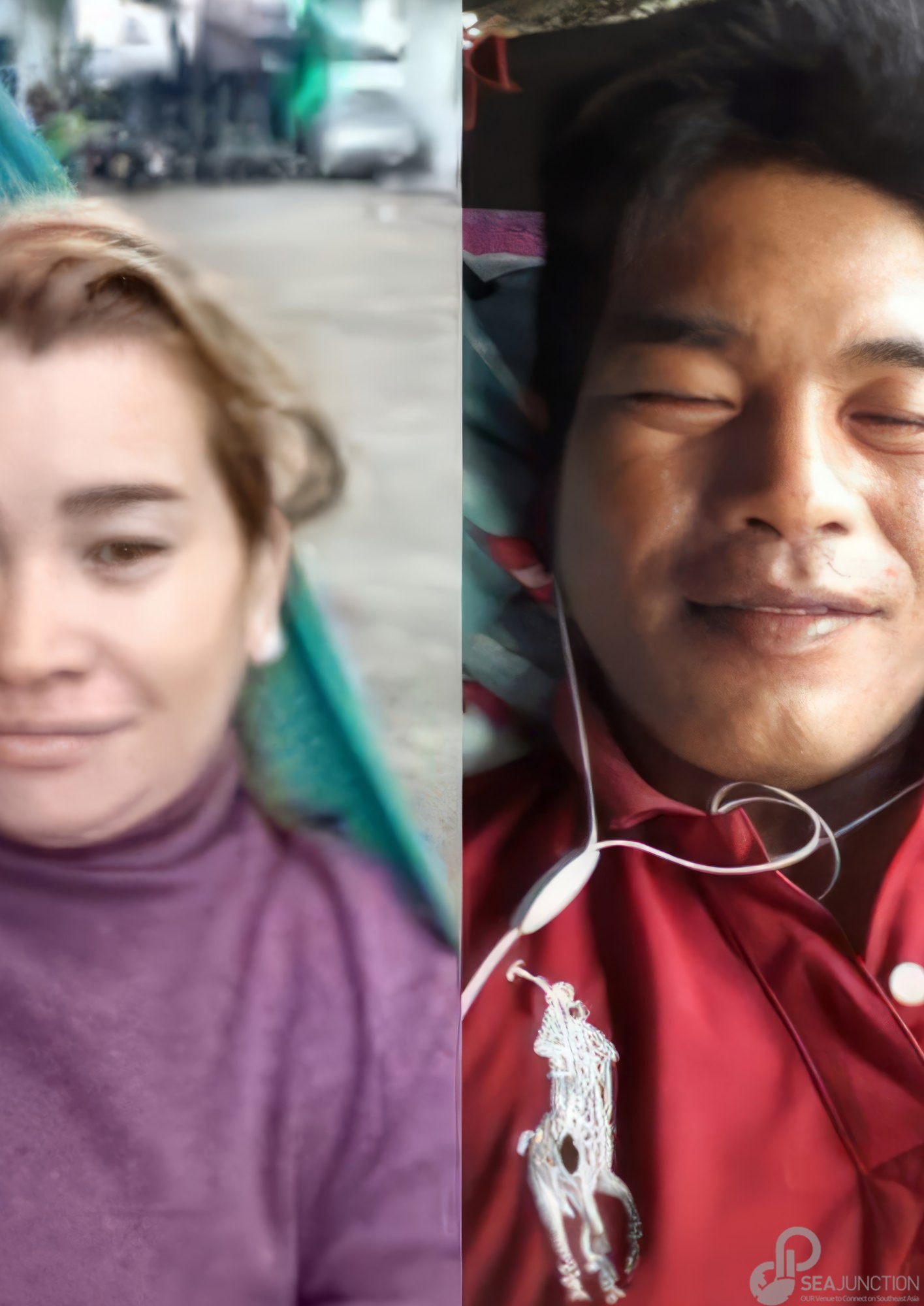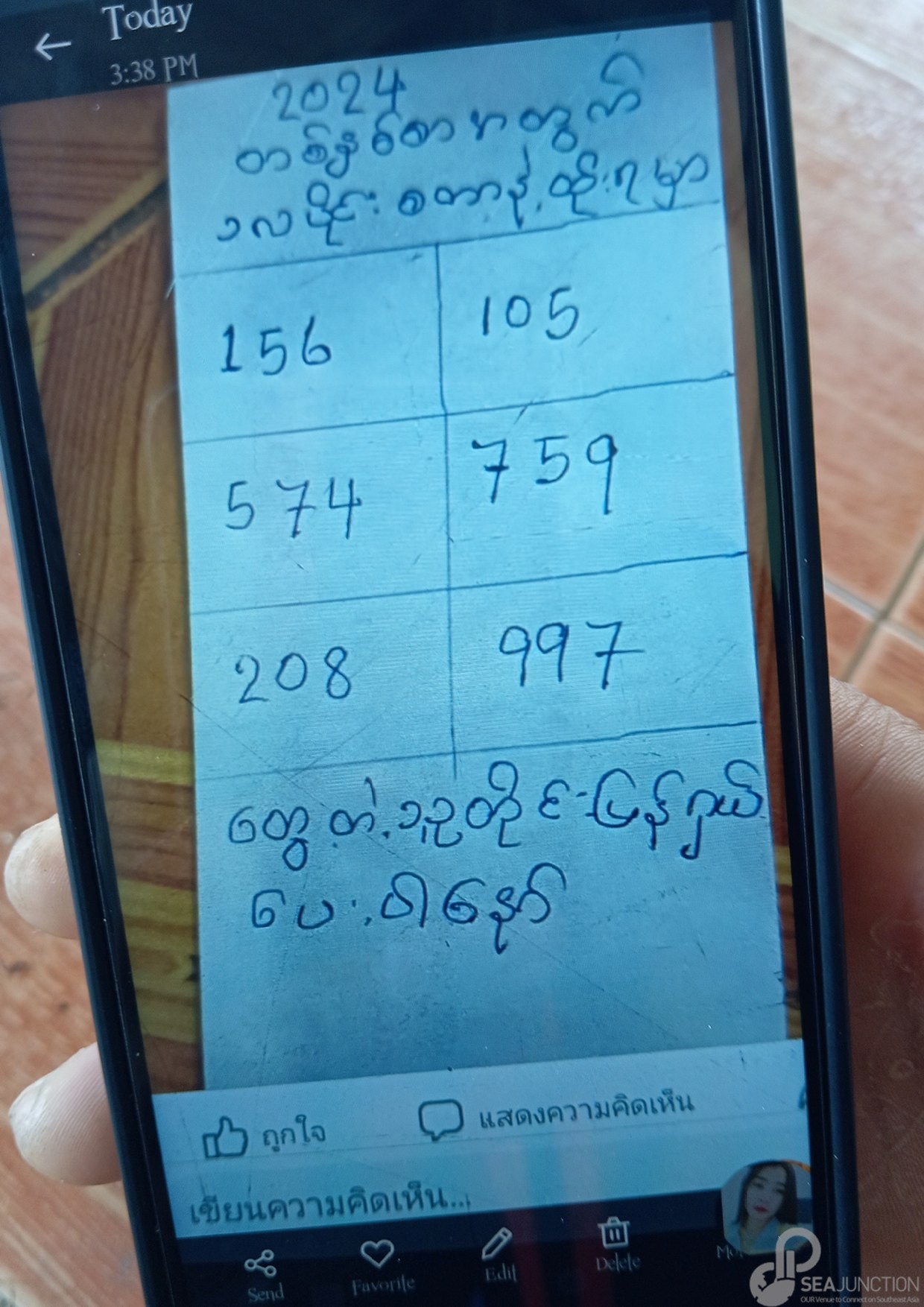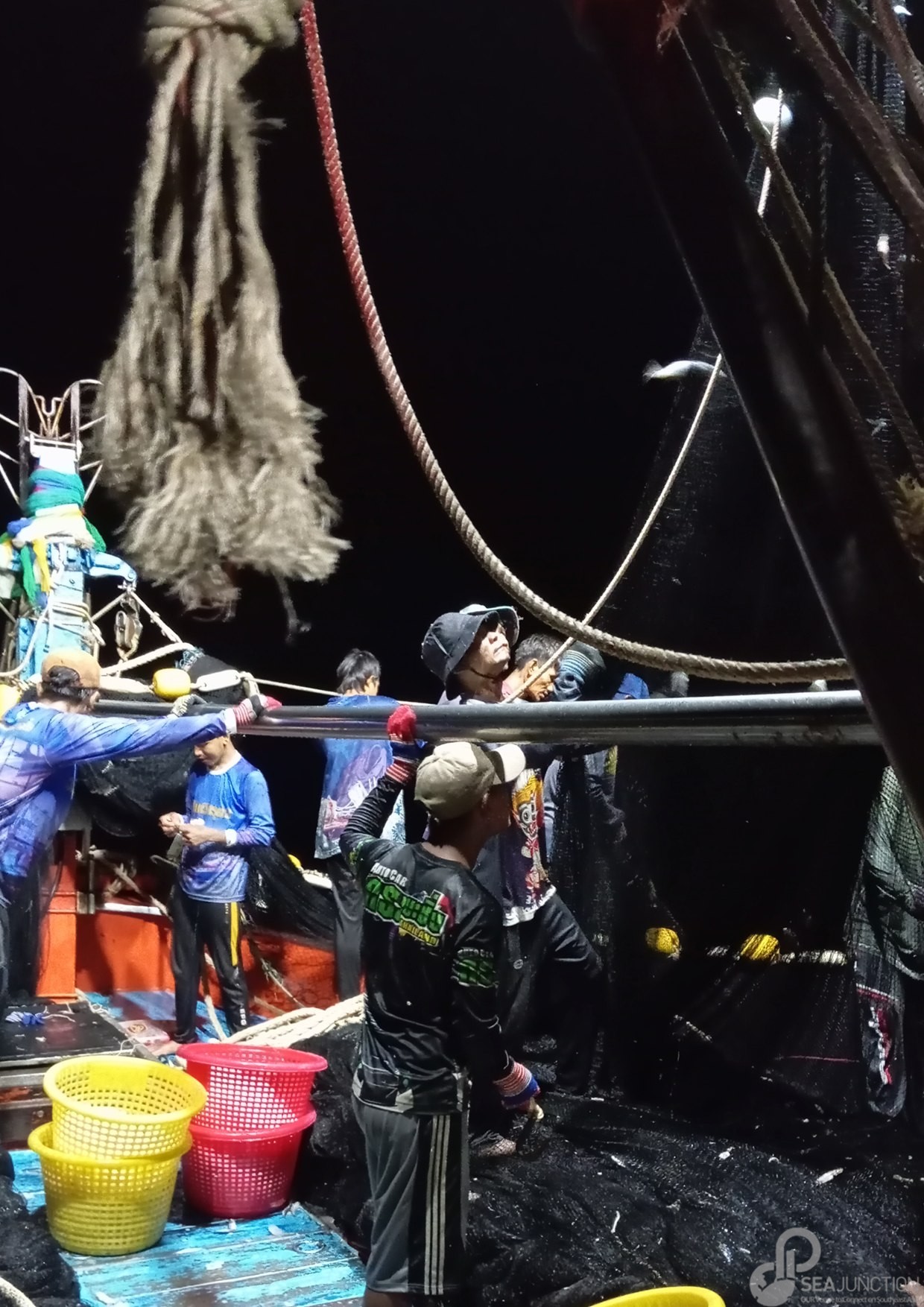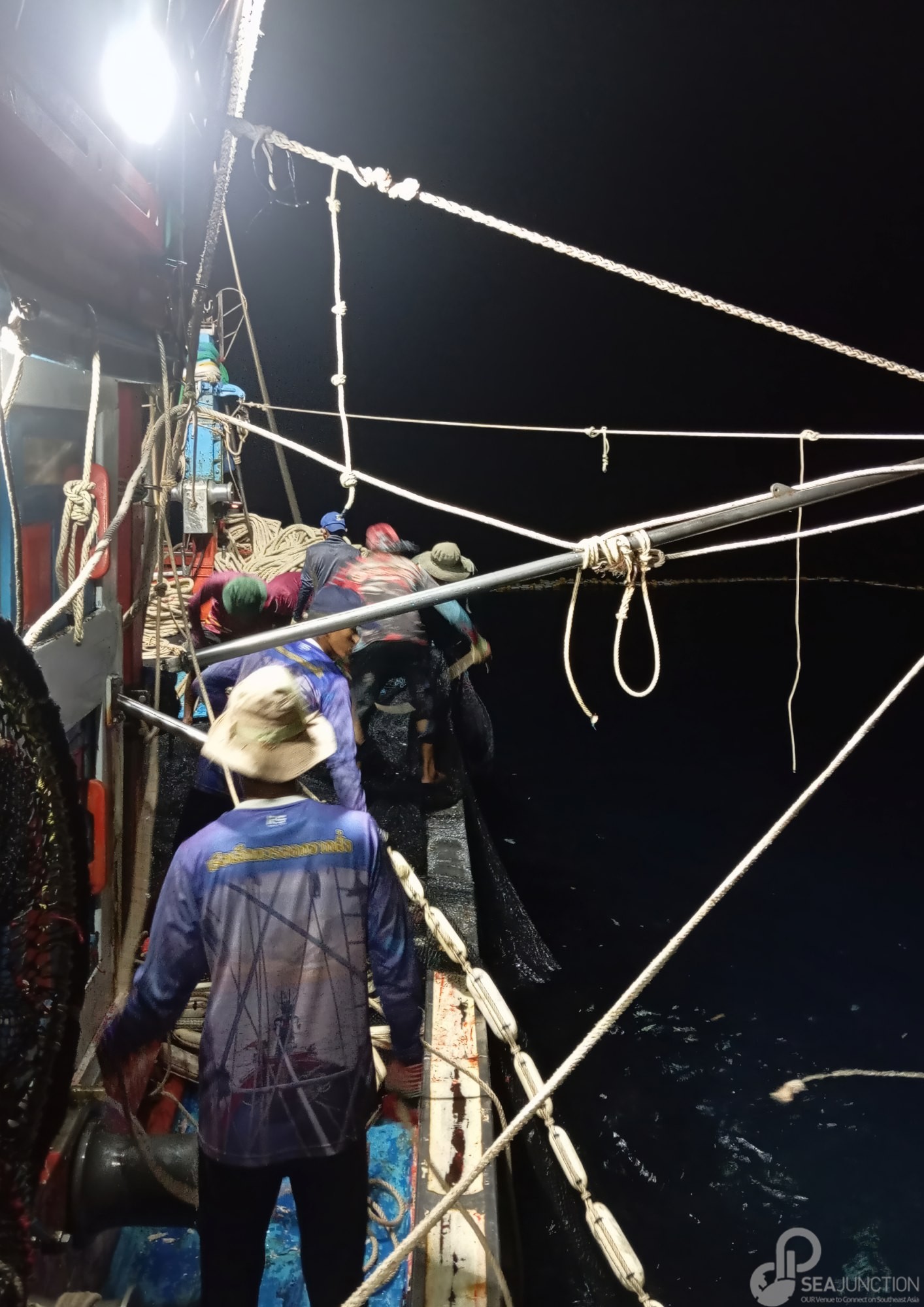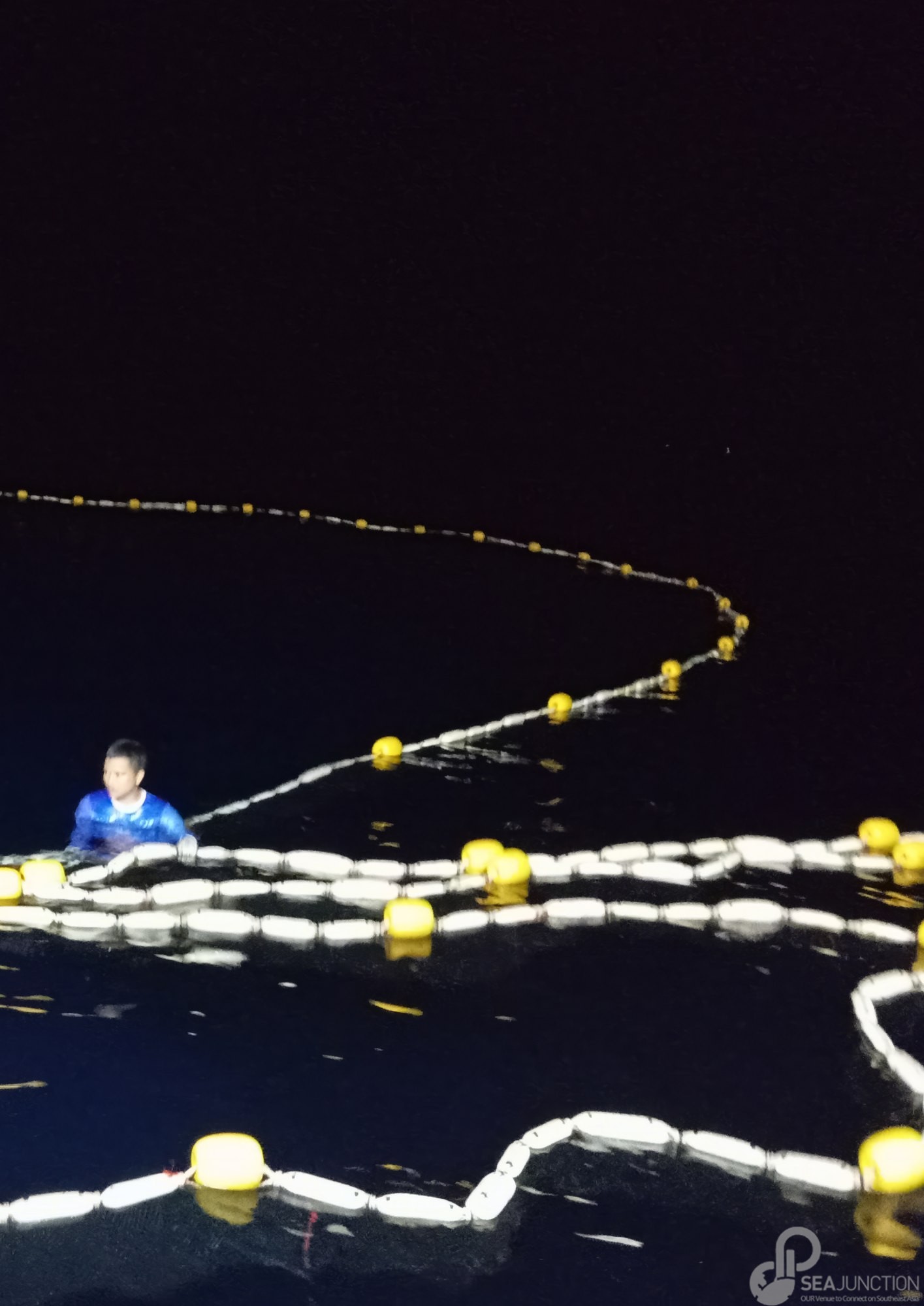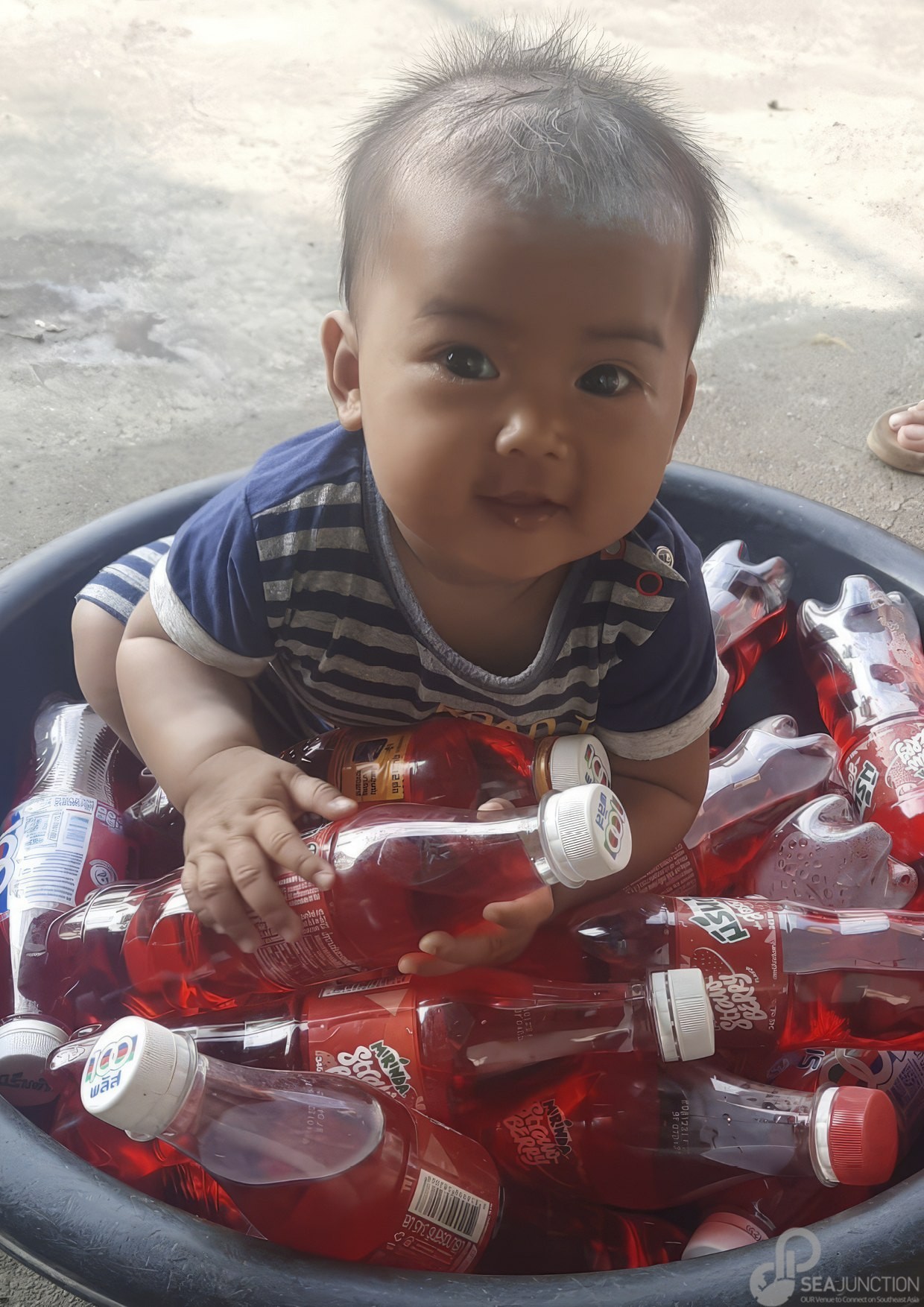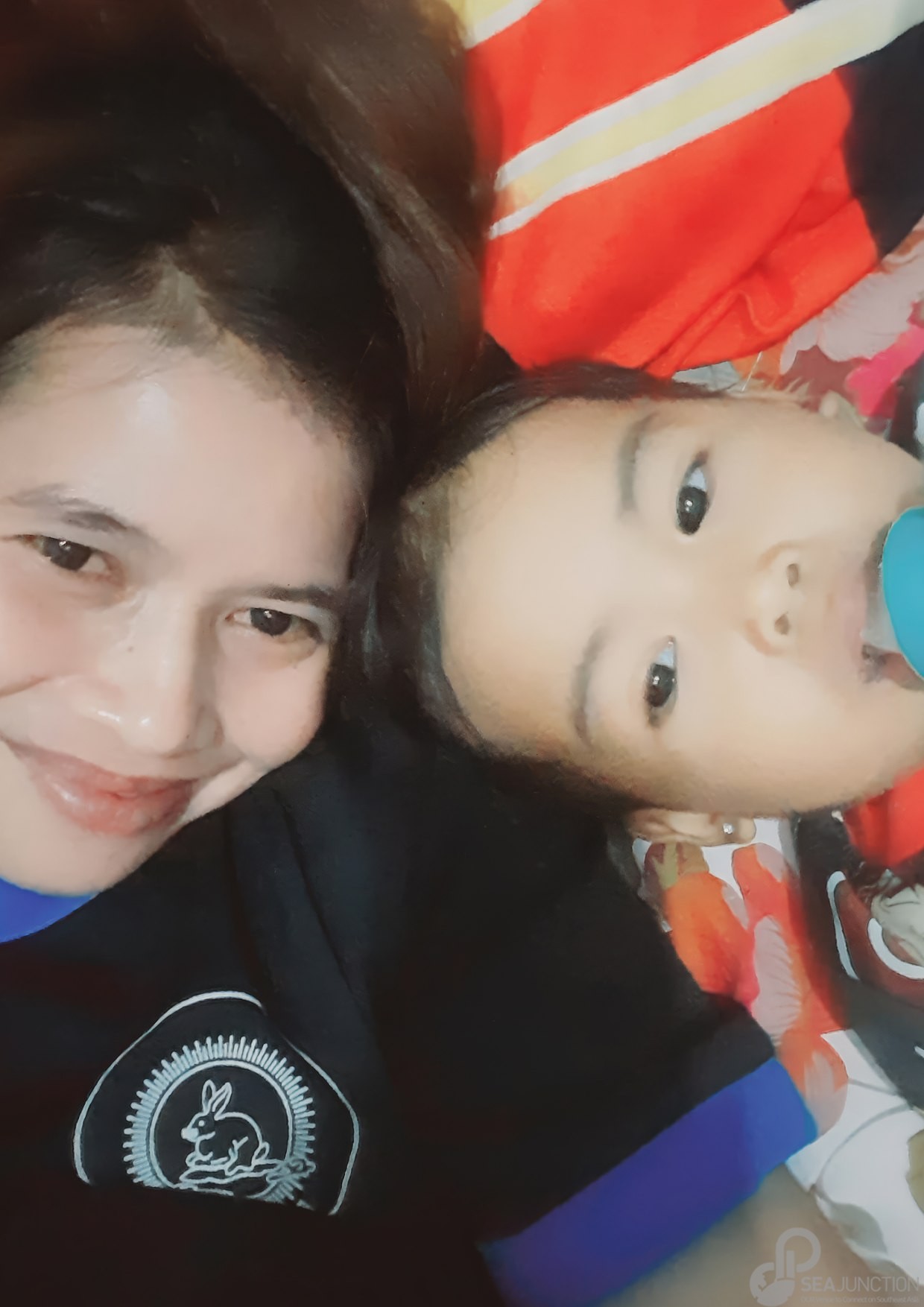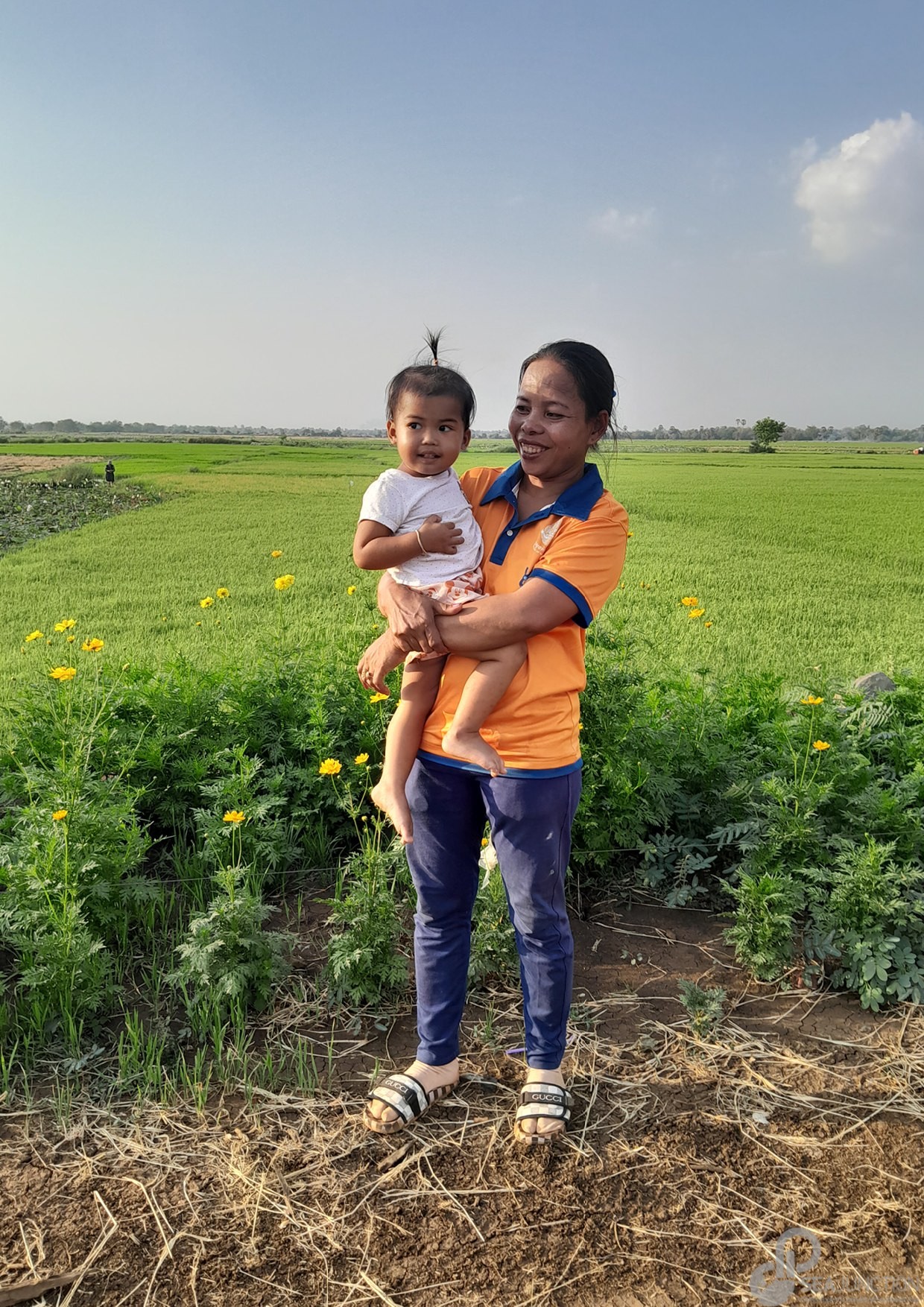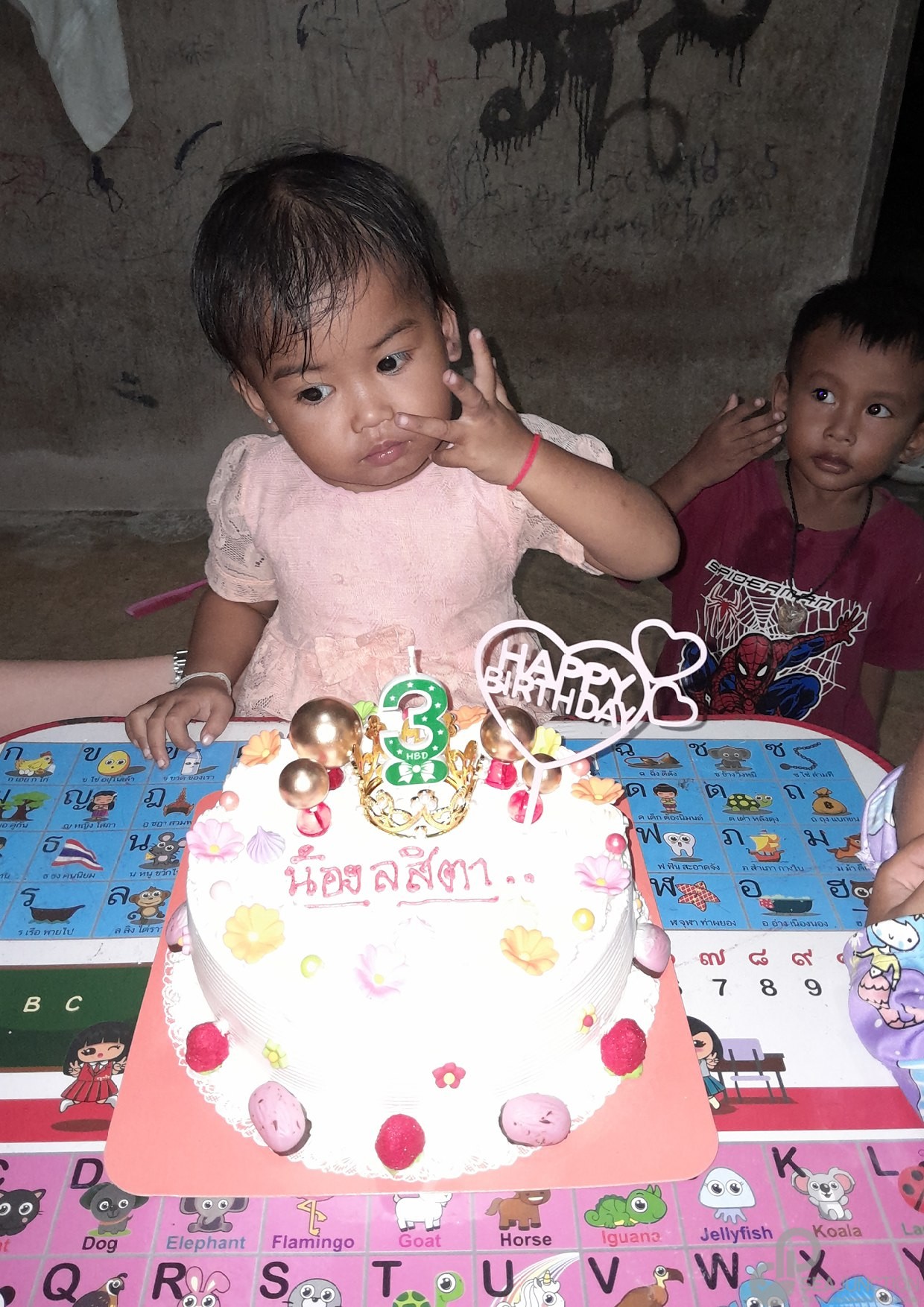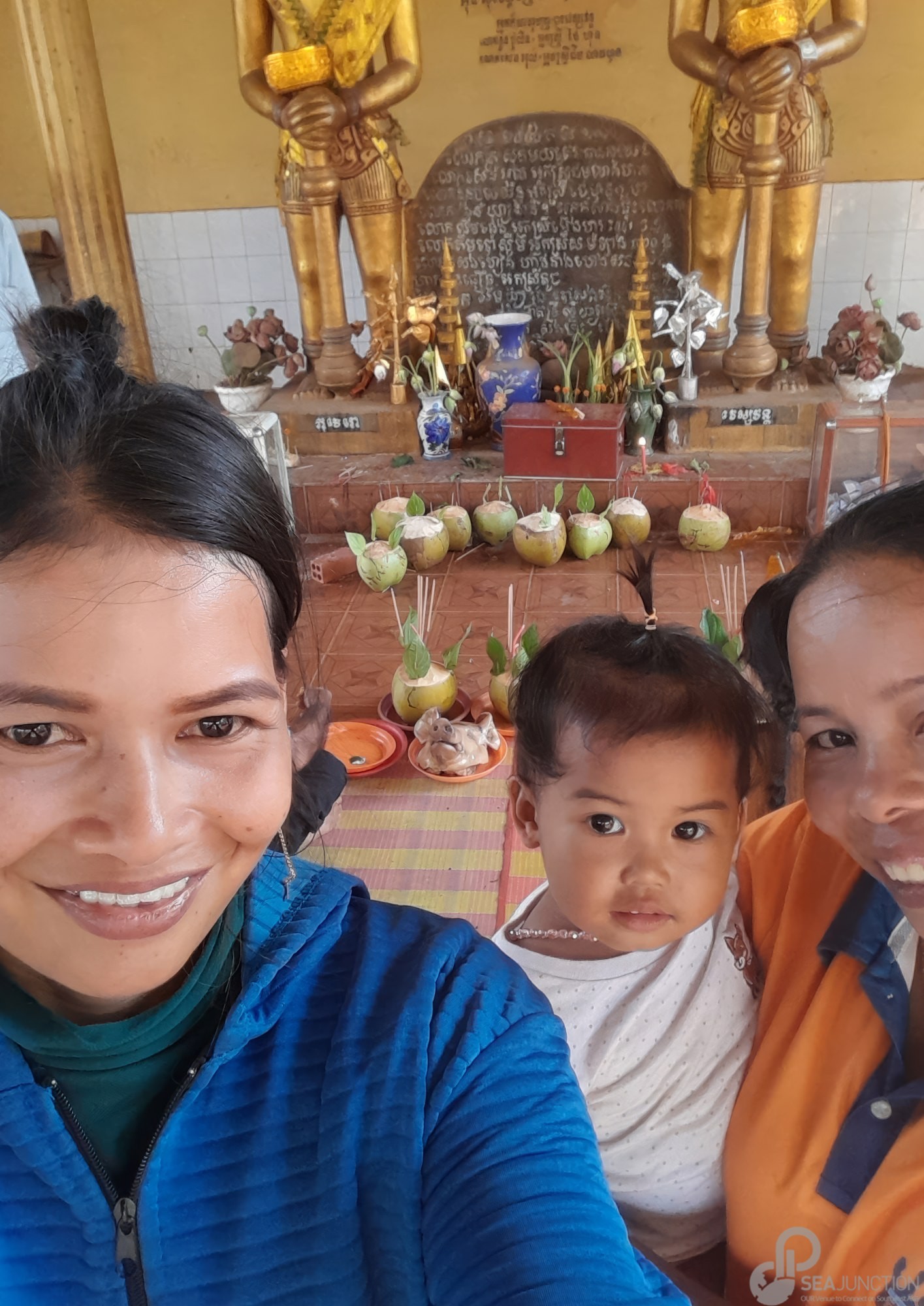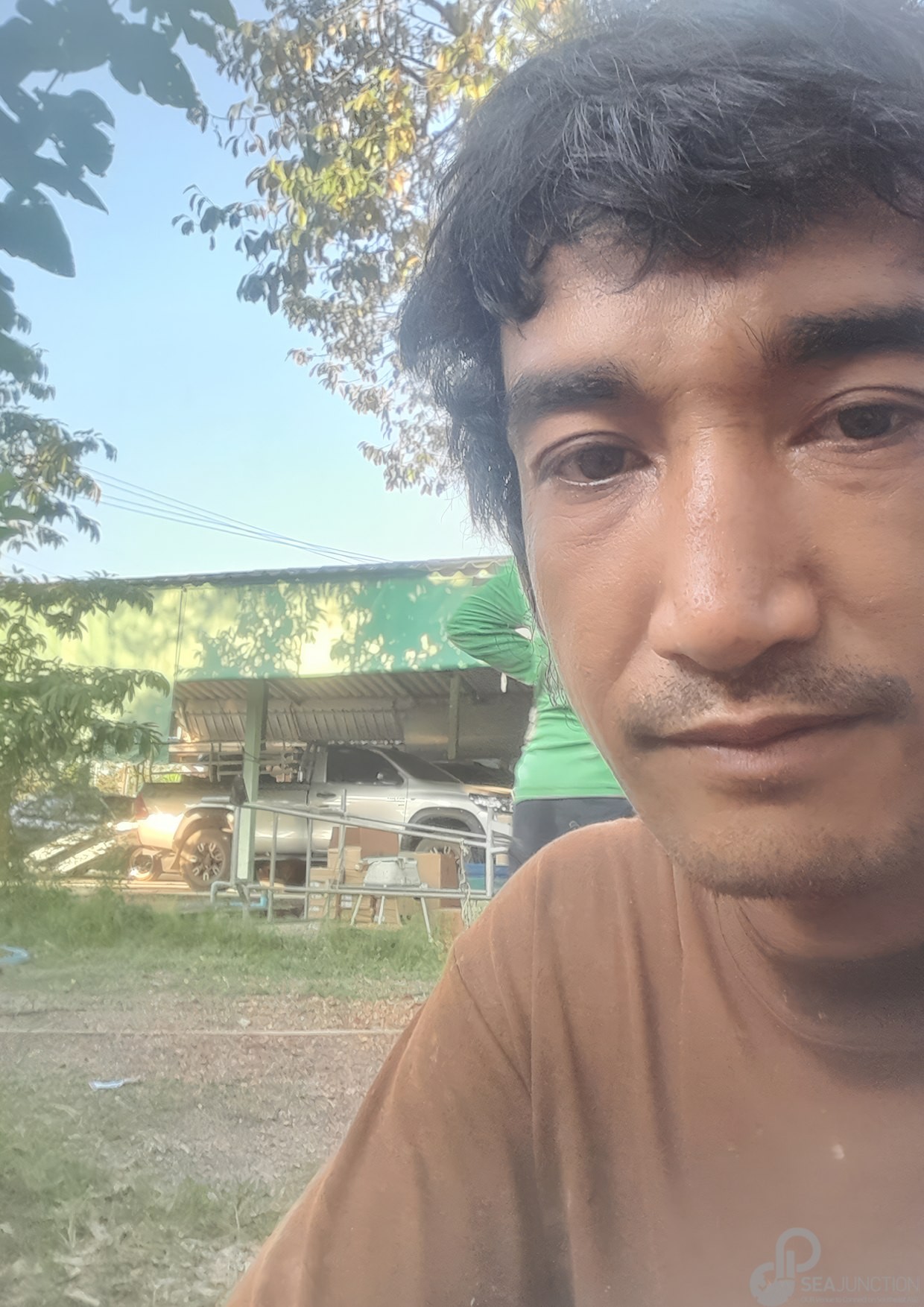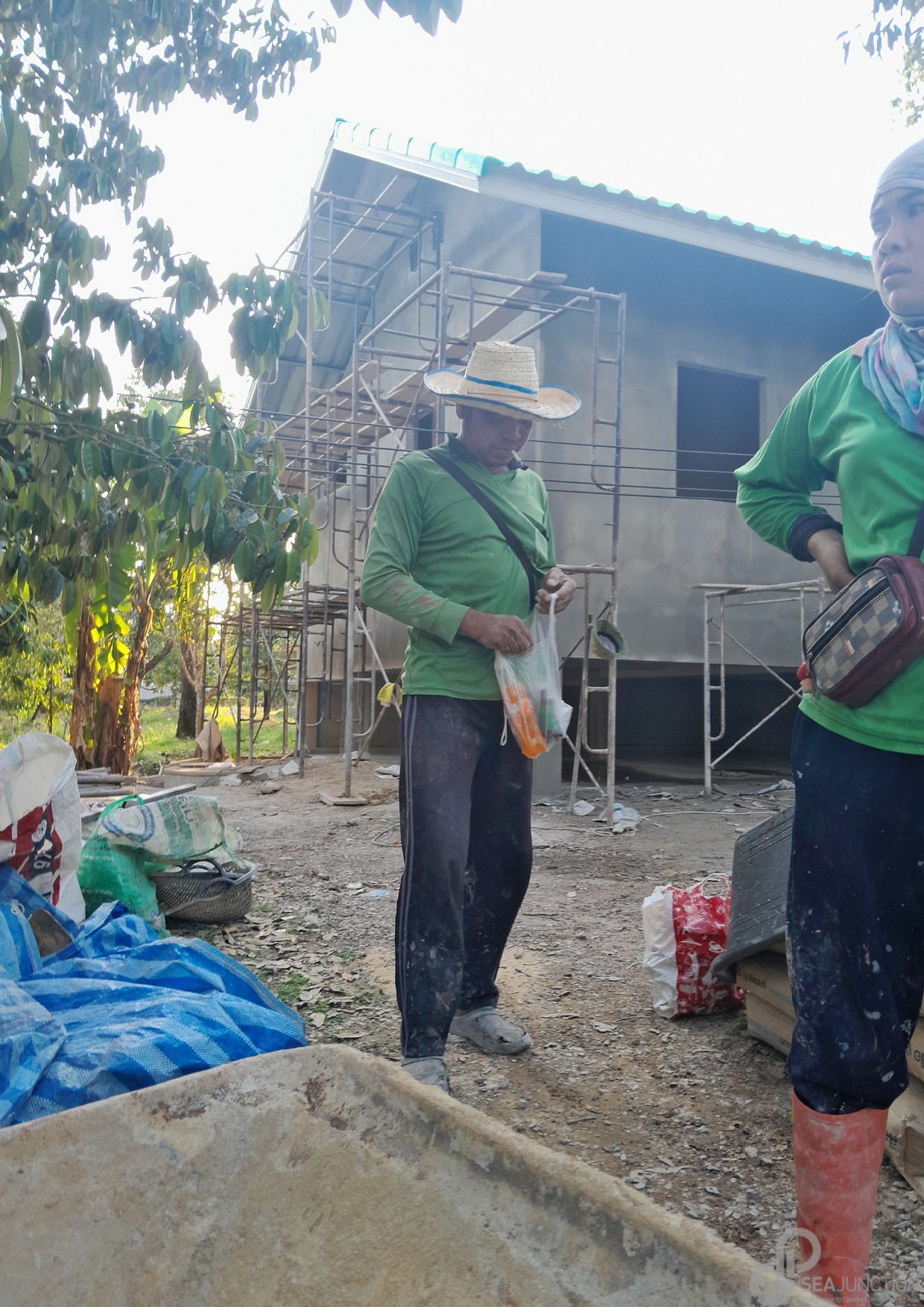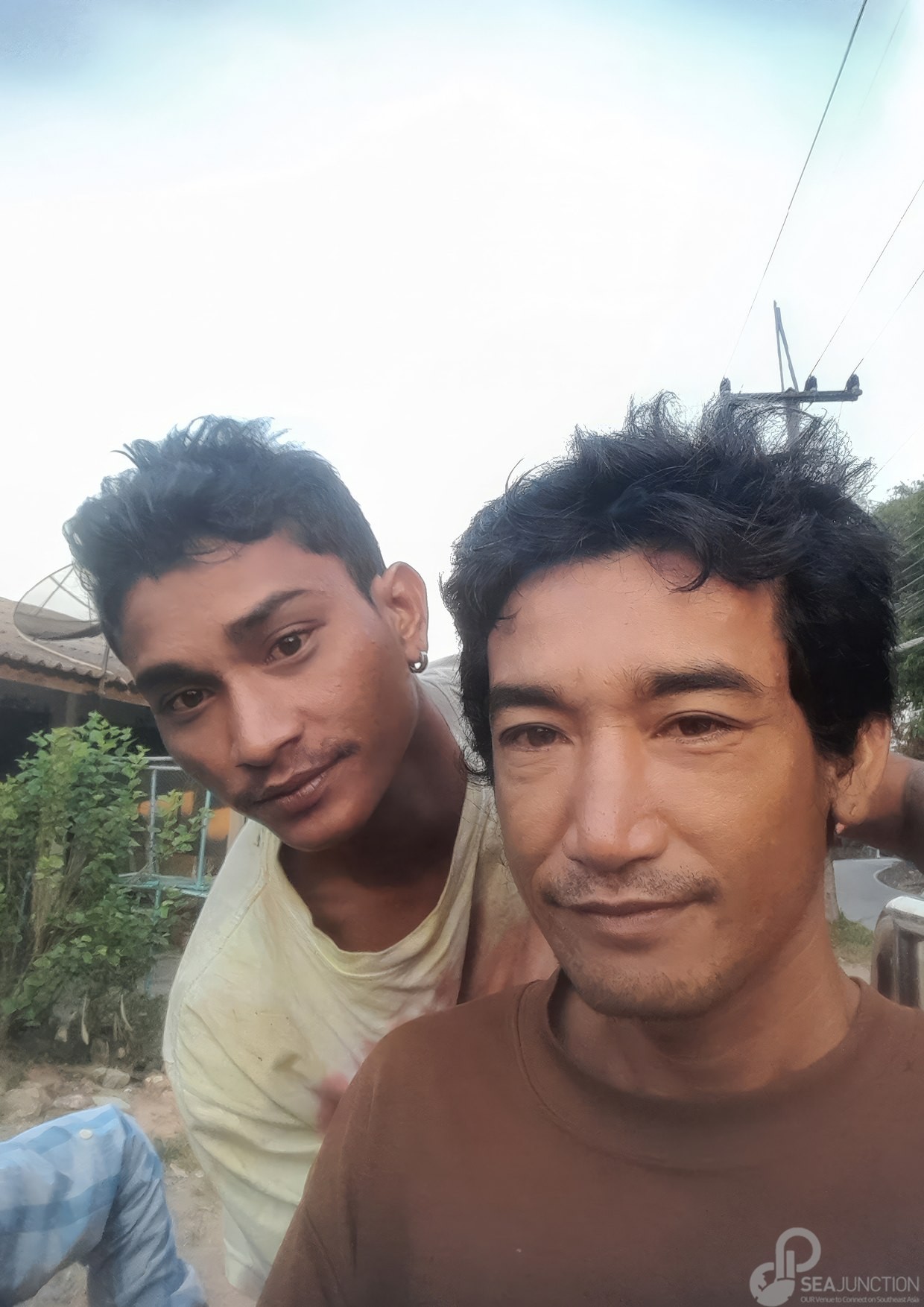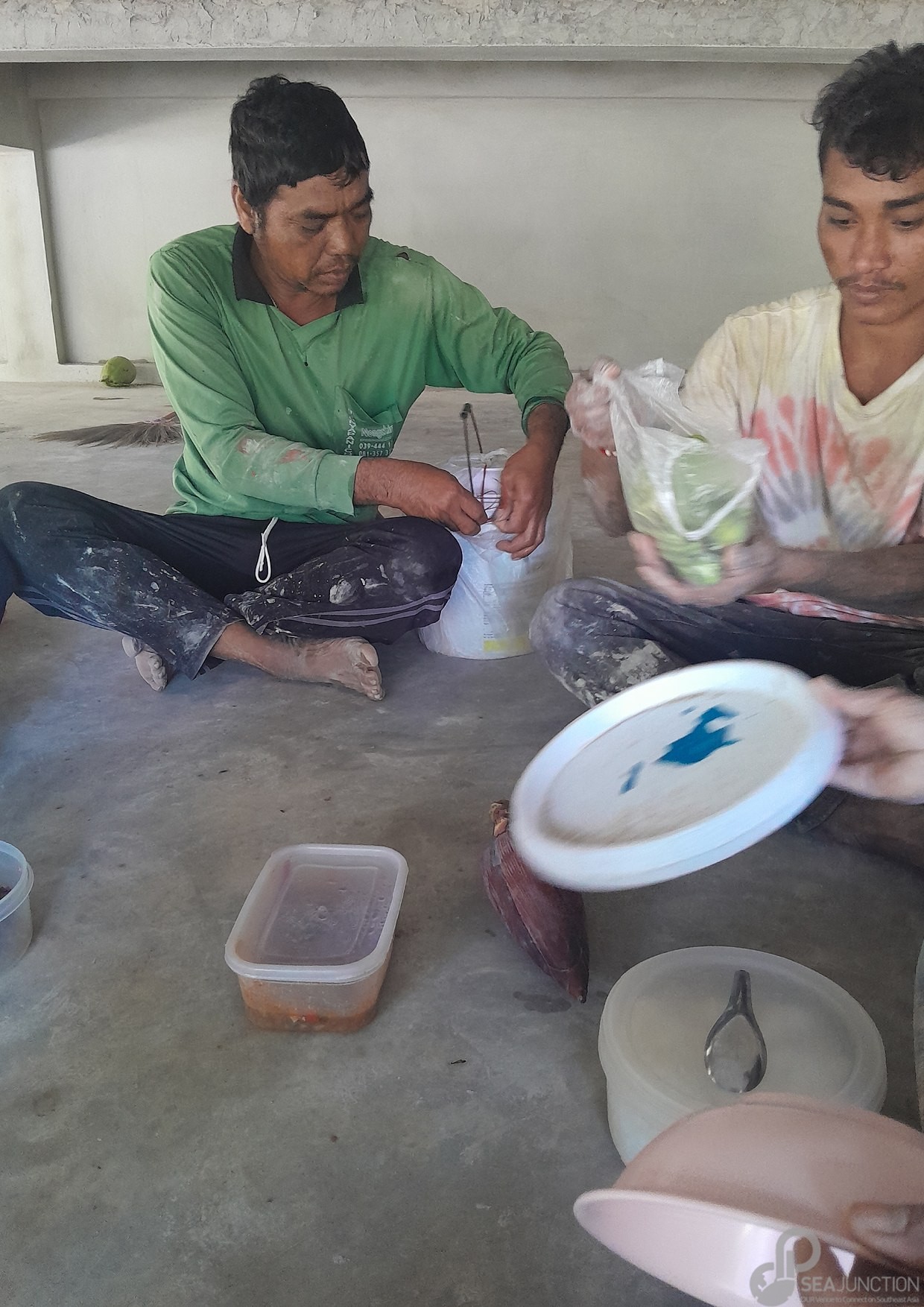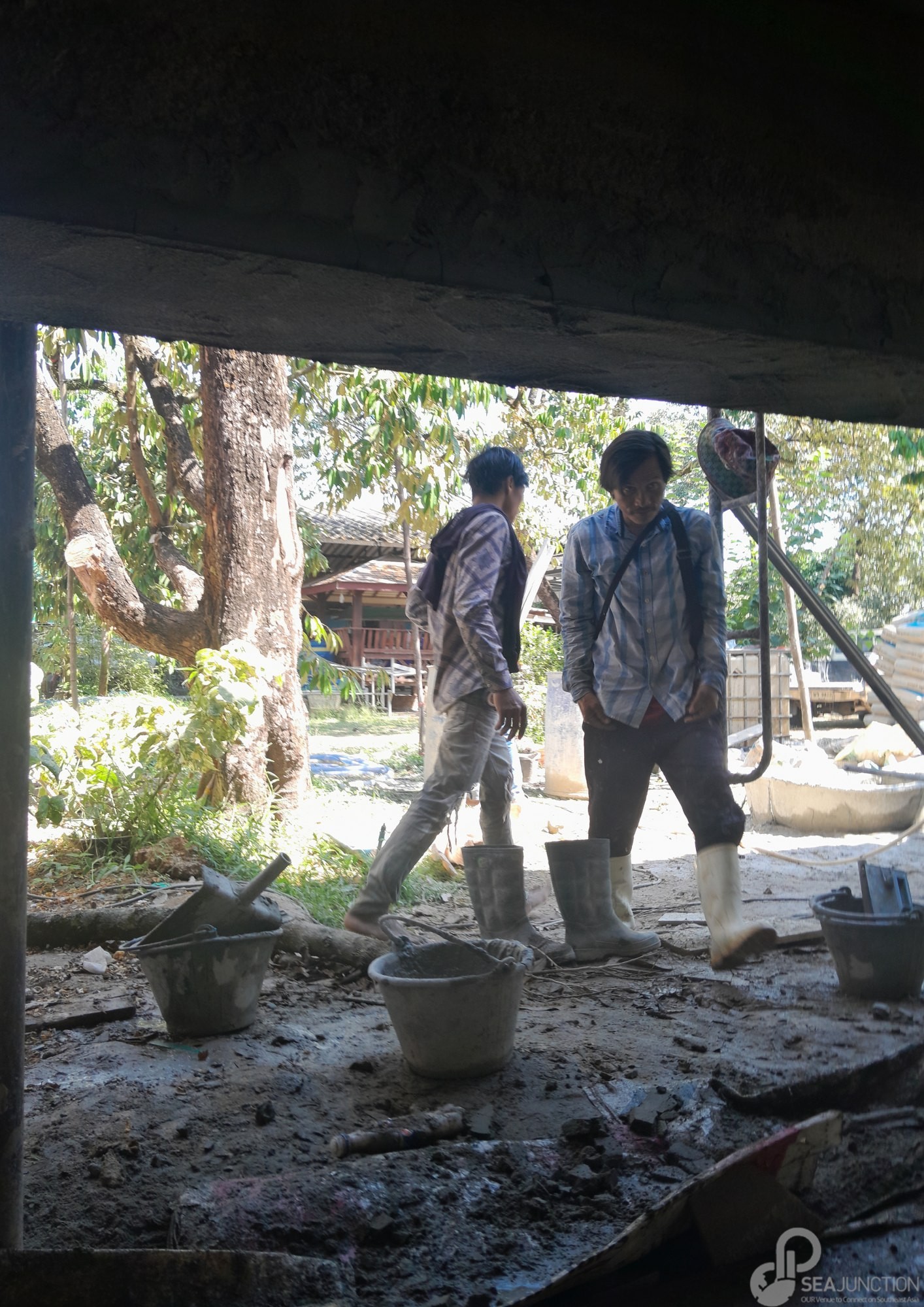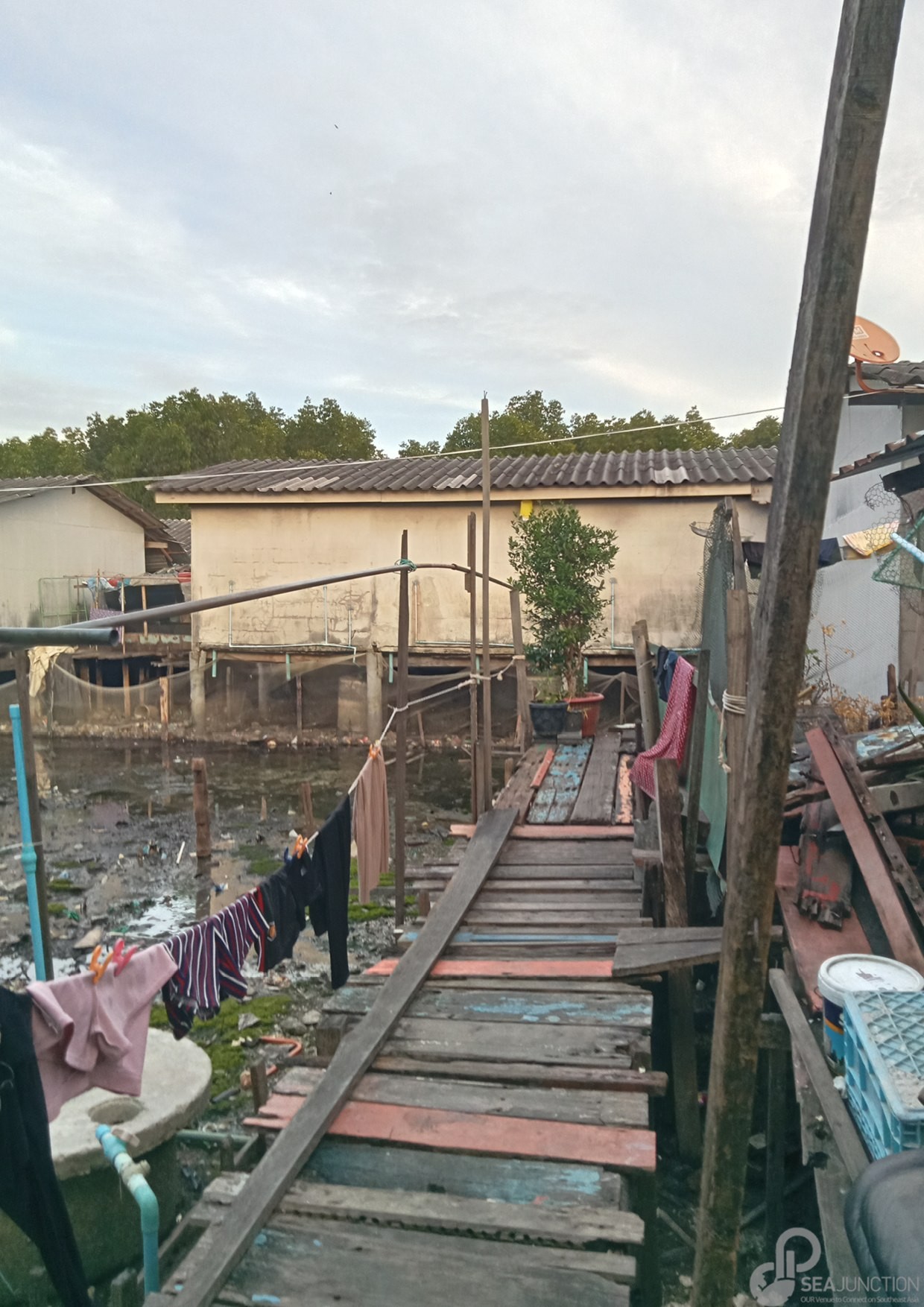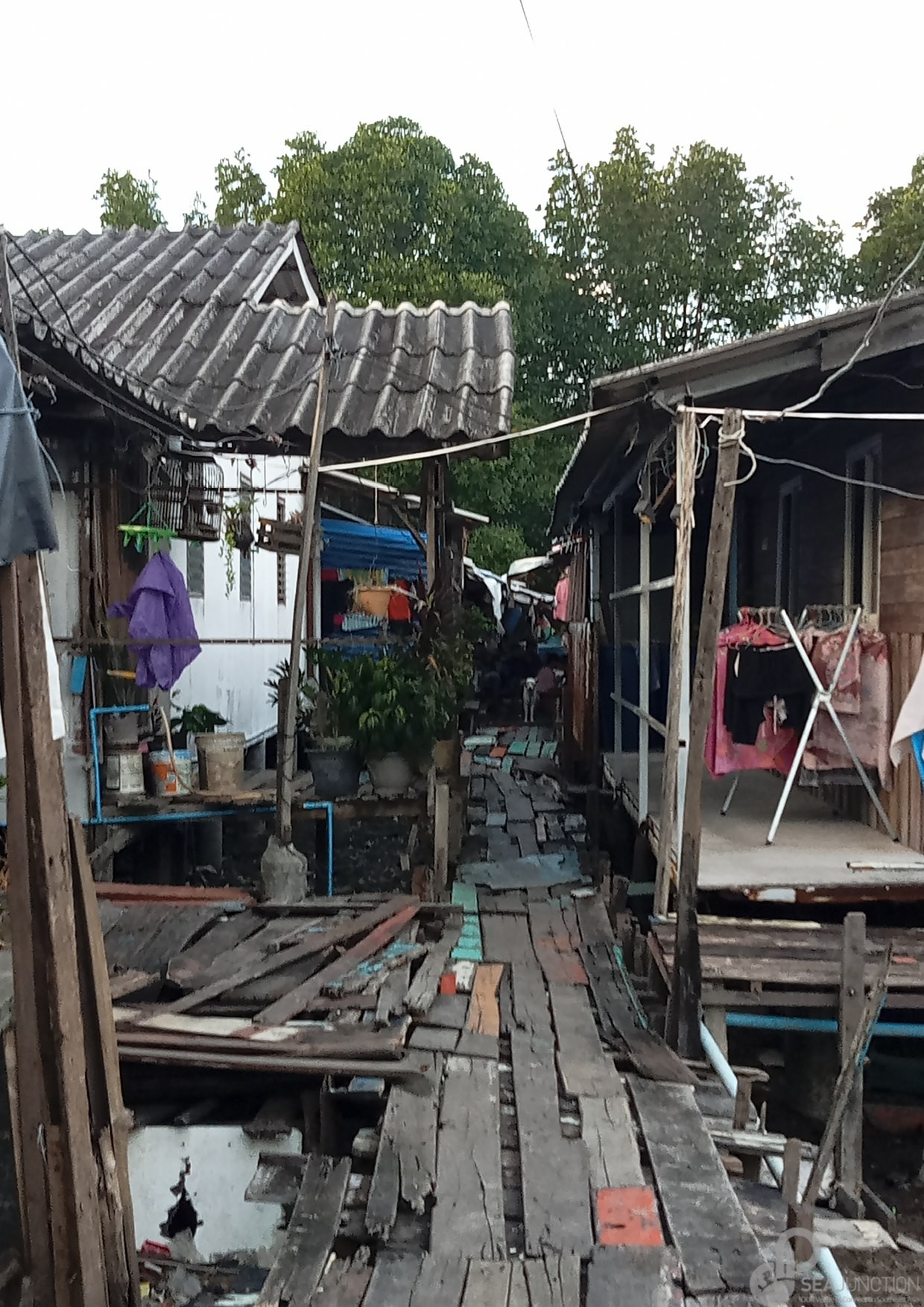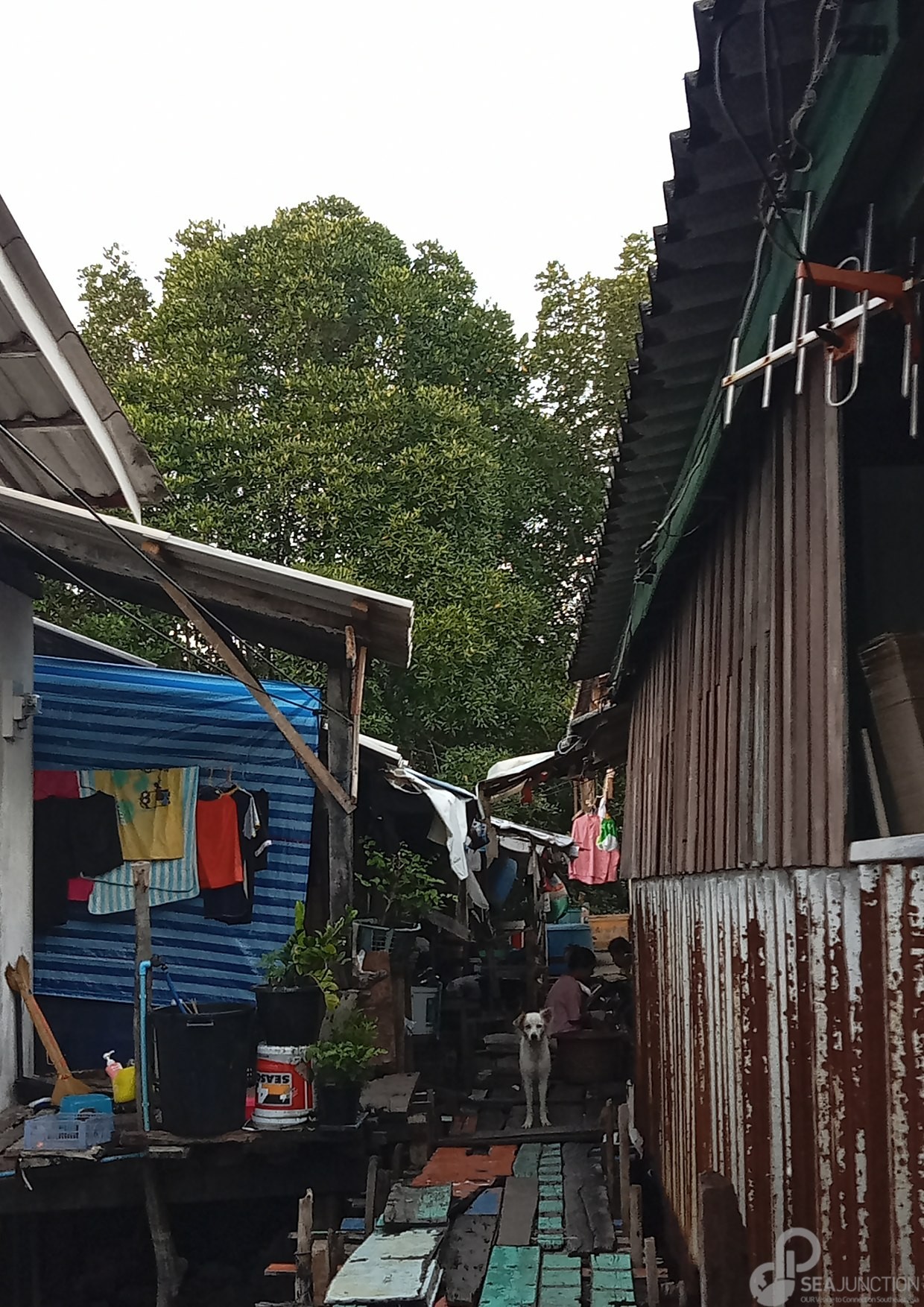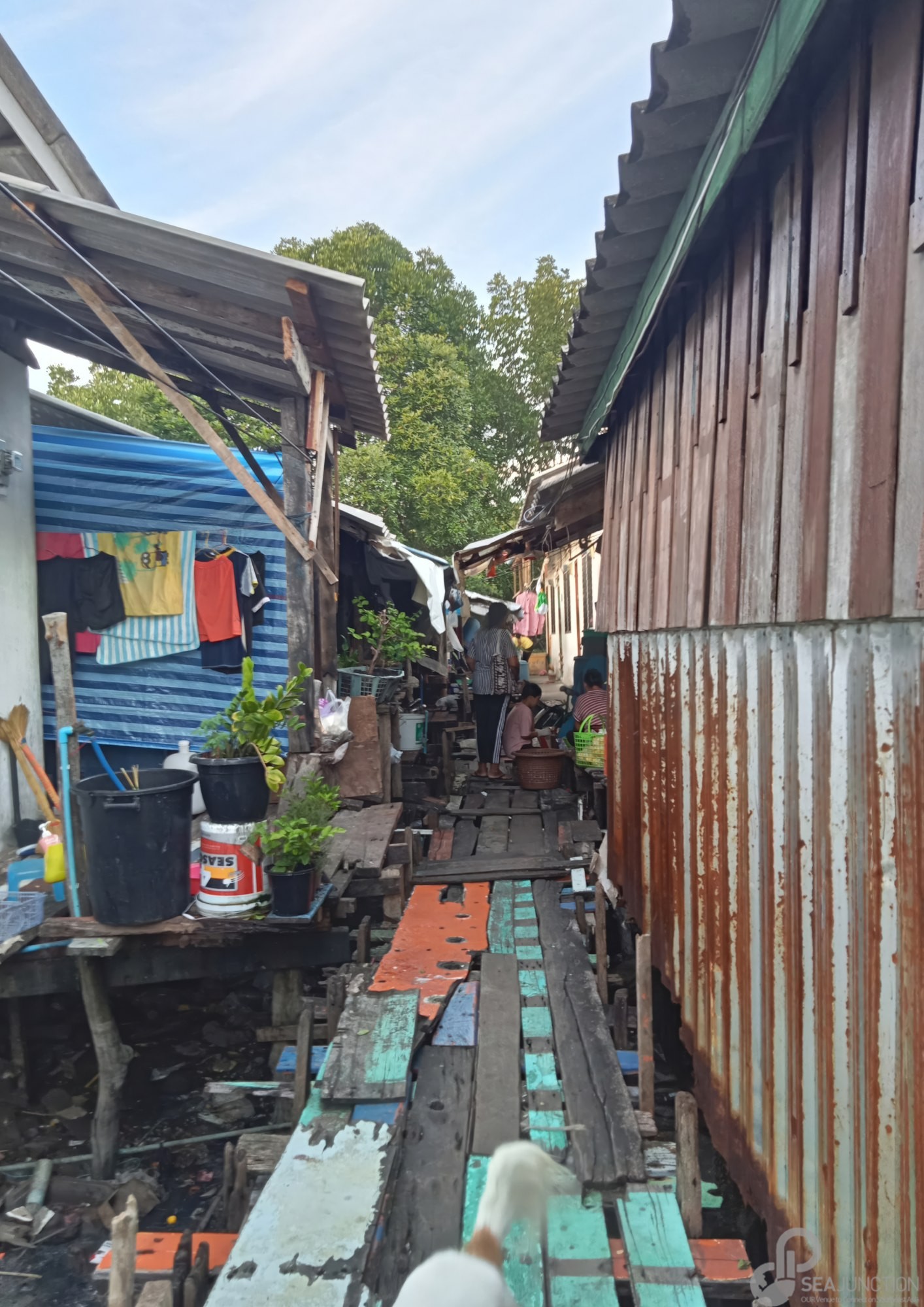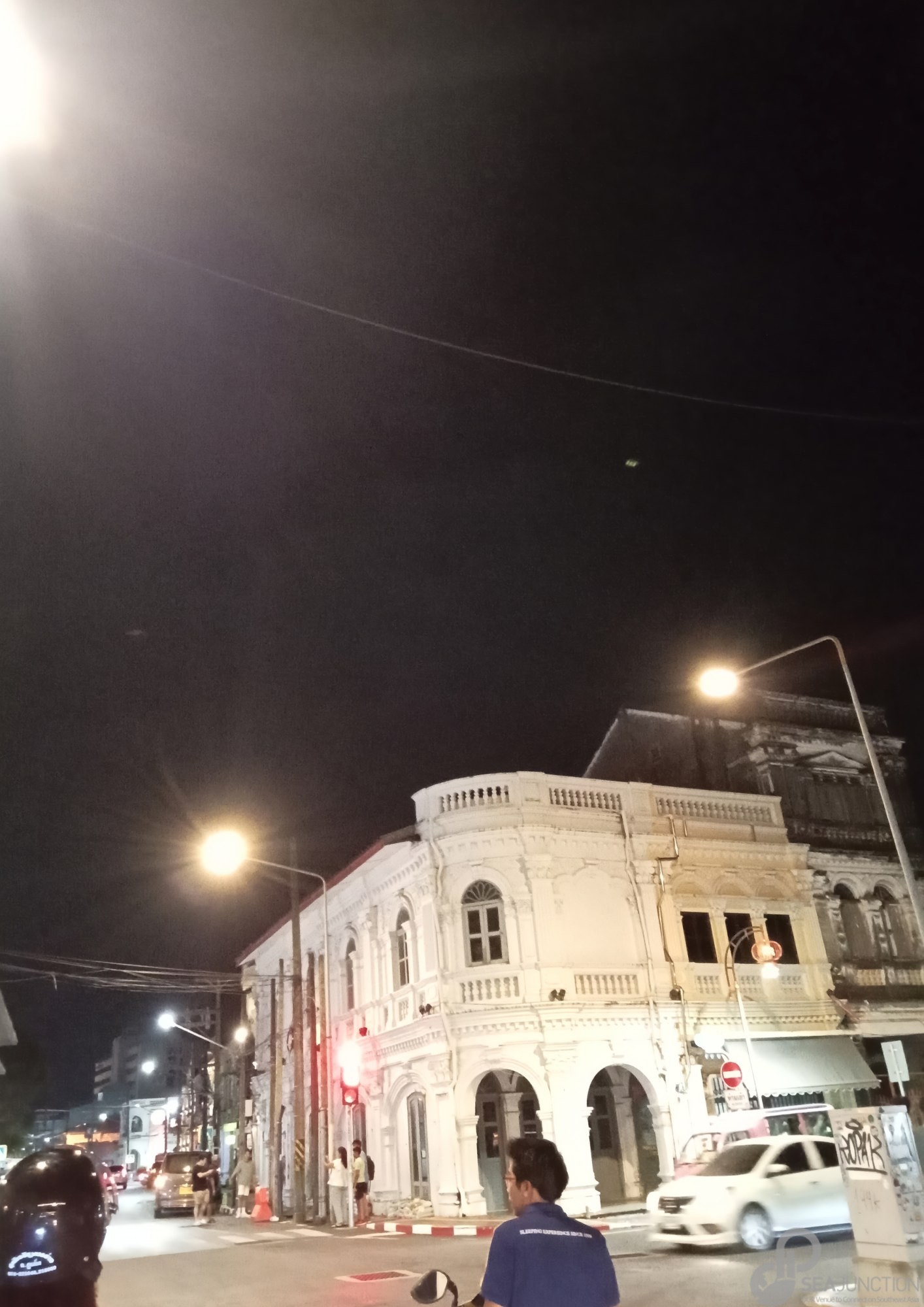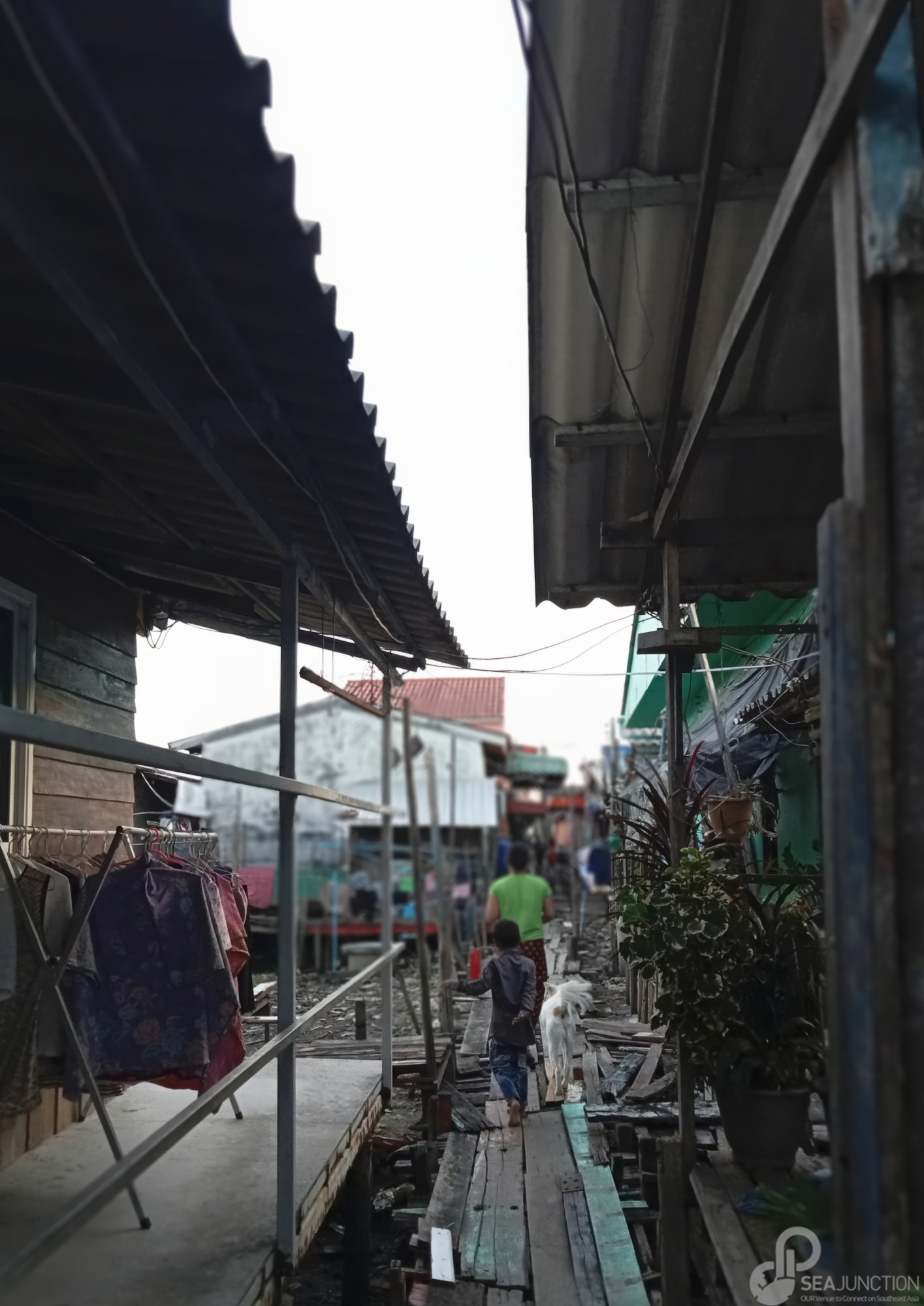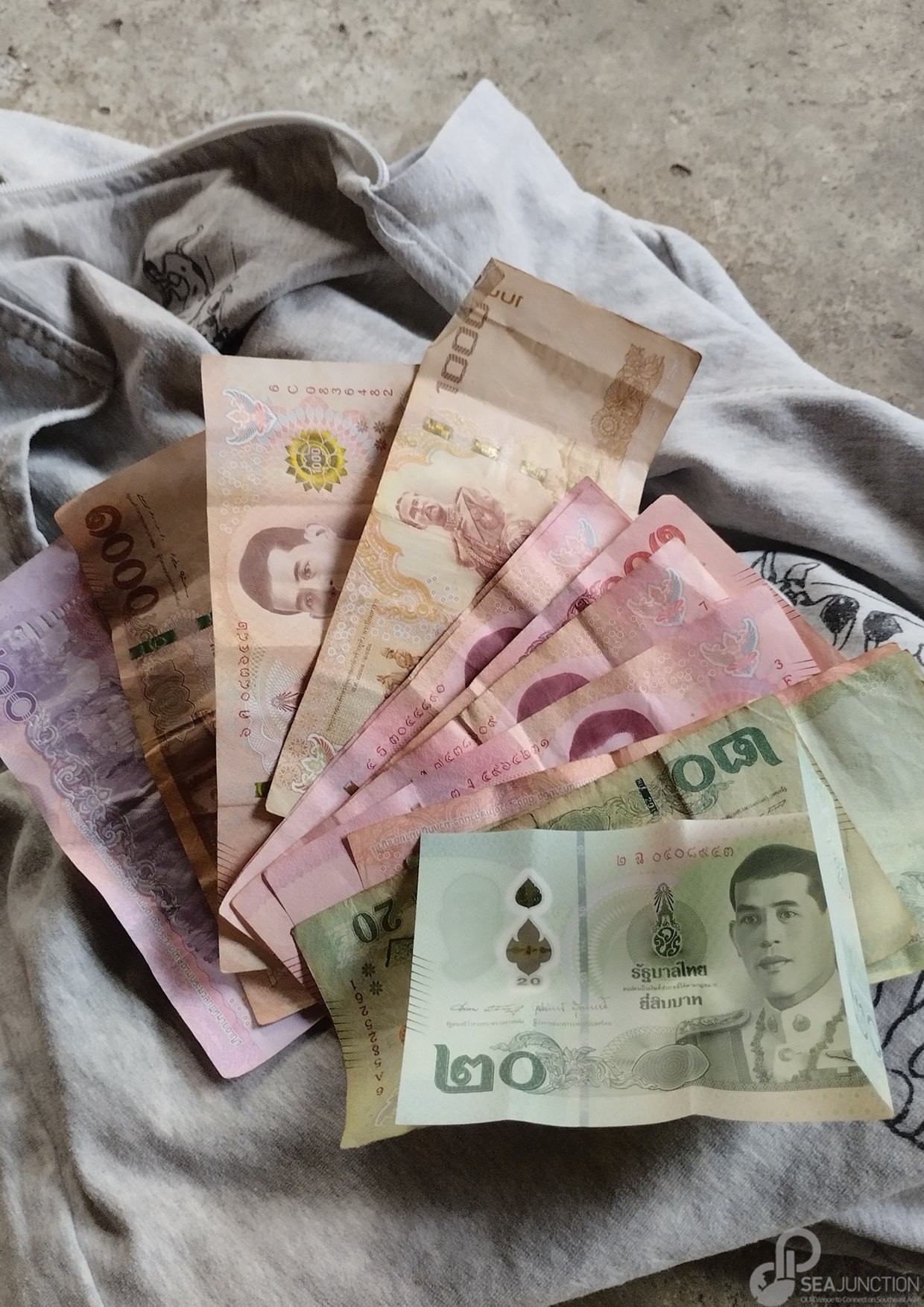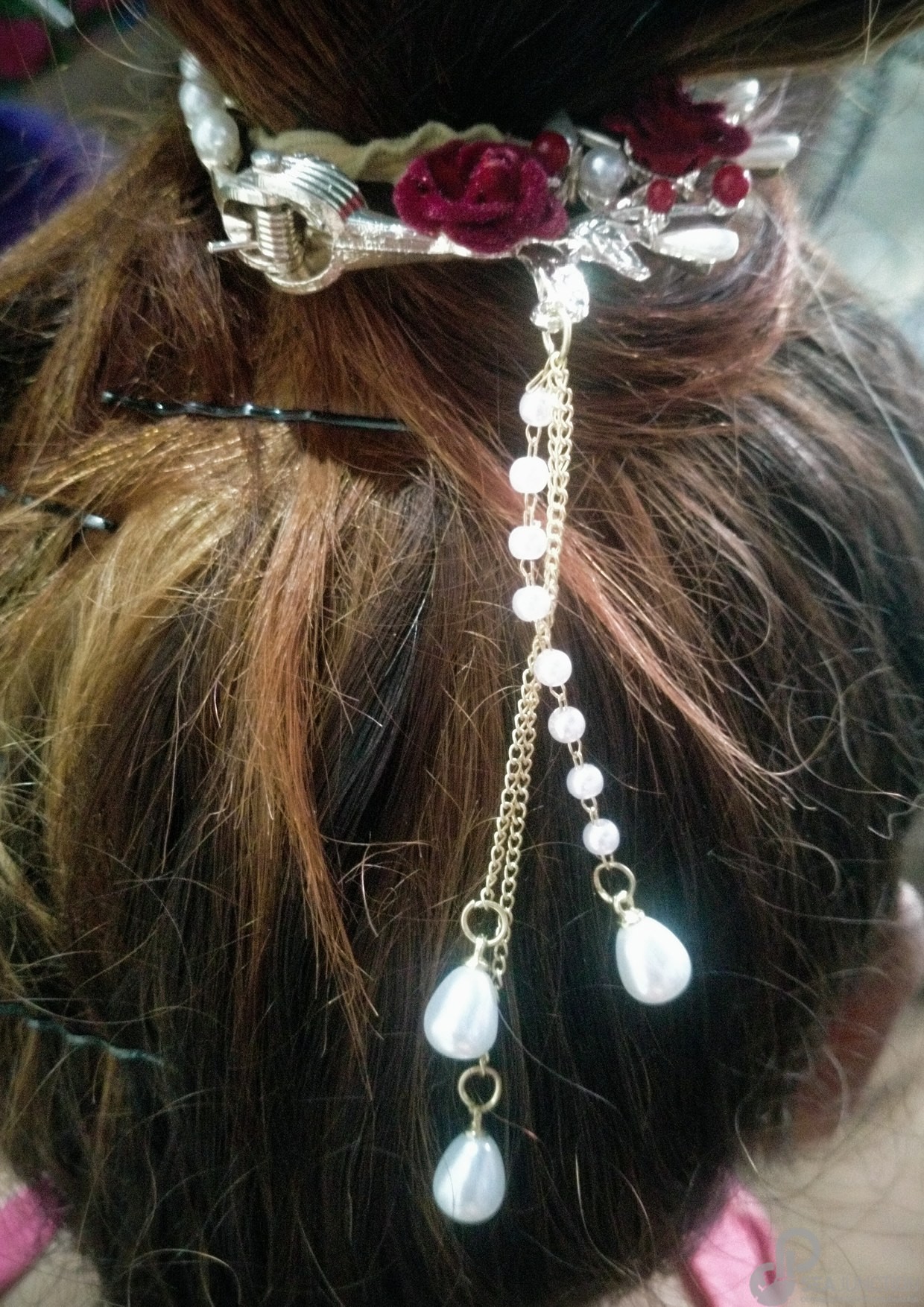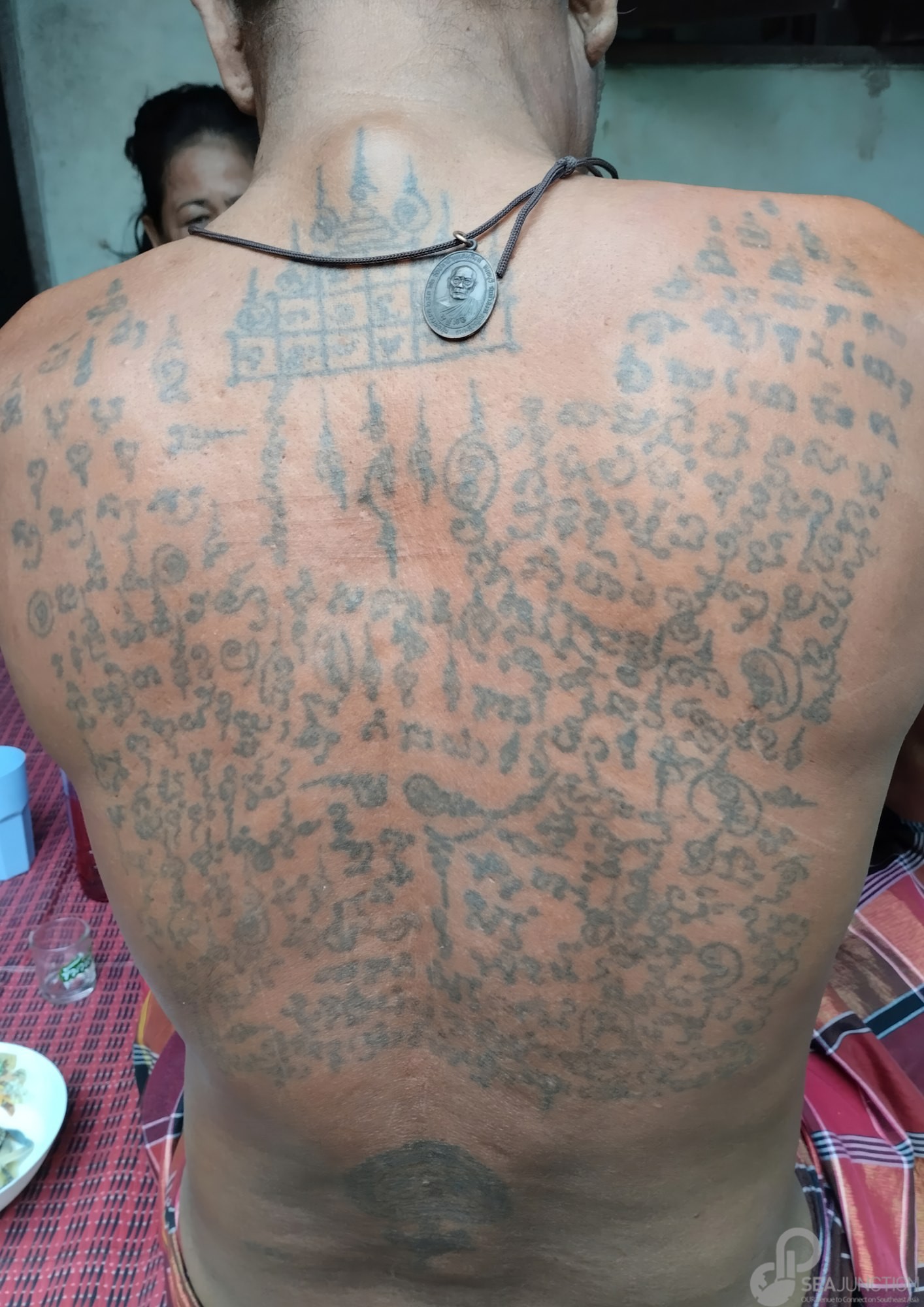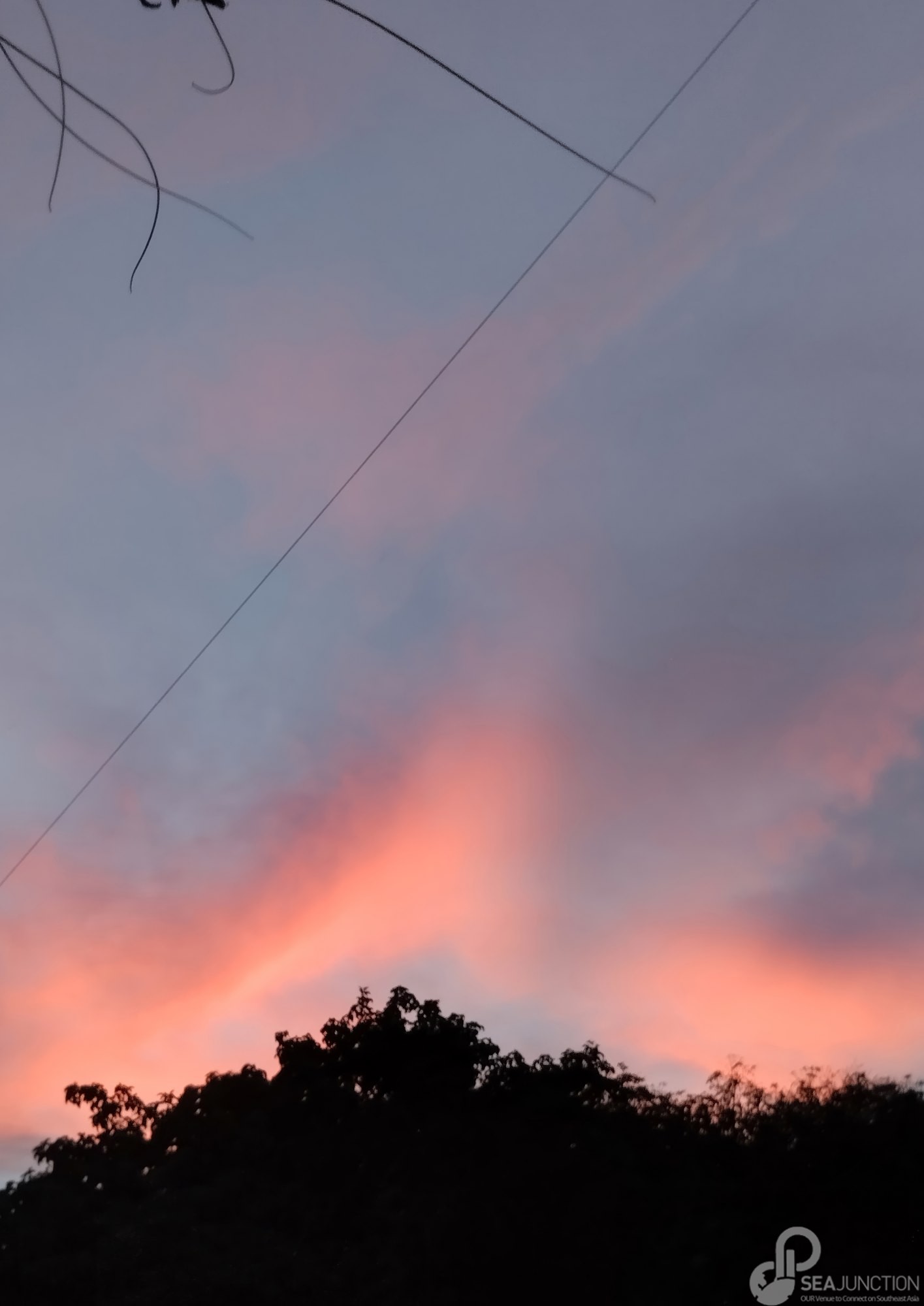Globally, trade in fish products continues to reach record highs and Thailand has emerged as a major supplier, with the value of its seafood exports reaching US$6 billion in recent years. And a significant contribution to the industry’s growth is made by the migrant labour force. The new photo exhibition displaying their “voices” through the photographs they took invites you to look into their human sides.
Shortages of Thai workers willing to work on fishing vessels, emerging simultaneously with expanding structural differences in population demographics and economic development between Thailand and its neighbouring countries, have transformed fishing crews to predominantly consist of migrant workers from Cambodia and Myanmar. Several hundred thousand women and men migrant workers are now employed at different levels within the seafood supply chain in Thailand, working precariously under various temporary labour migration regimes and constrained living and work conditions.
Recognizing the contribution of migrant workers to Thailand’s society and the blue economy, the exhibition, Not Just Labor; Migrant Photo Voices from Thailand’s Fisheries, gives them a platform to showcase their “photo voices”. The display consists of photos taken on their mobile phone by migrants from Cambodia and Myanmar, who are now living in Phuket, Phang Nga, and Chanthaburi to work in the fishing and seafood industry.
They highlight the often-overlooked aspect of migration as an experience that transcends work by capturing their overall day-to-day existence full of taxing, entertaining or simply mundane events, of interaction with their natural and social surroundings, and of dreams and expectations about the future.
The message these photo voices (and the exhibition’s title) convey, is that migrants are more than just labour and more than the sum of the difficulties and exploitation endured. Moreover, the photos also show how migrants’ lives have become interconnected with the larger Thai society, pointing to the need to introduce integration policies.
Against the dehumanised portrayal of migrants as faceless ‘others’, this exhibition celebrates their identity, agency, personality and other features of our shared humanity. This comprehensive appreciation of migrants’ experiences and aspirations, is essential to create an inclusive and more equitable society that upholds everyone’s human dignity.
The exhibition, organized and curated by SEA Junction with support of the International Labour Organization (ILO)’s Ship to Shore Rights South East Asia initiative funded by the European Union, will be on display from May 14 to 26, 11am to 7pm, at the Curved Wall, 4th floor of BACC.
Veng Vande
Veng is a Cambodian from Prey Veng. He has been living in Thailand for more than 10 years now with his wife and son. He works on a crab fishery boat (Making crab traps), setting sail offshore for about 5 days each round. He was eager to participate in this photo voice project and was the first to send his photos for the exhibition. Unfortunately, he run into problems and could no longer participate. While the real story of his pictures remains untold, they do speak of family love and hard work.
Ye Ling Aung
I am from Dawei and I am 29 years old. I worked in a construction site and later for 5-6 years in a hotel but lost my job during the COVID-19 crisis. Right now, I work in a black trawler boat. I took a picture to record my time working at sea. That day, we sailed off in the morning and came back to the shore in the evening, so I didn’t have to sleep on the boat.
The hotel work was better, but I made little money from it. Fishing jobs can give higher incomes, but require spending time working at night. We also have to sort out the fish when we get back to the shore, leaving little time for sleep. I have bought lottery tickets many times, but I have not won so far. The cost of the lottery is 50 baht. If I win, I could win thirty thousand baht, and send more money to my parents in Dawei. Normally I send 5,000 baht back home, from my total salary of about 15,000 baht.
Kin Sreymom
I come from Cambodia, where I worked on a rice and potatoes field, following my siblings. Earlier, I did all kinds of jobs on the construction site, but now I am a shrimp sorter. For the first baby, I went back to Cambodia to deliver in 2011 while my second child was born in Thailand in 2021. The photos are of my youngest daughter, Putear Muthita, when she went back to Kampong Cham for the first time for the Songkran festival. We visited the Pratiet temple, the province’s most famous temple. I left my child first with my mother for a couple of months as I had to settle back in Thailand before I could bring her here. We took a selfie on a free day after we were happily reunited. Before returning to Kampong Cham, my daughter could only speak Thai, but now she speaks a little Khmer.
My daughter entered a Thai school when she was 3 years old. We are waiting for her to get the pink card so she can move around and continue to study freely. I hope my daughter is free to live anywhere and can choose to marry anybody she likes. I just want her to get a good education, a decent job, and live better than us. At first, I brought her back to Cambodia because nobody would take care of her in Thailand. But right now, the neighbors and the community help me to look after her. She also gets a health insurance card for 300 baht annually. In Cambodia, we would have to pay more when we get sick.
Yam Putear
I am 33 years old and I come from Kampong Cham. I had no job in Cambodia so I came to Thailand. My brother once worked on a fishing vessel so I followed him. My wife lived next to me since our childhood. We studied together and fell in love with each other when we were 21 years old. Now we are together here with our daughter.
My first job was on a shrimp trawler boat, but the owner is halting the activity right now as we can catch less. This happens every year in this season. I am then unemployed and have to look for other work. Usually, I work in construction for the months I cannot be on the boat. In the photos, I went to Khlung district in Chanthaburi with my friends (around 10 people) to build a house. We bring our own lunch boxes and eat together at the construction site. It takes us 30 minutes, and our Thai boss will come to pick us up with a pick-up truck every day and then bring us back.
Working on the fishing vessel is better than the concrete mixing job as there is no need to spend money. They provide food for free on the ship. Our boat has three crew members each time, using a trawling net to catch the shrimp. We sail off in the morning and come back at the end of the day. I do not set sail for several days because I want to stay with my family. After we get a lot of money, we want to go back to Kampong Cham.
Hnin Wutt Yi Moe
I am 19 years old. Like my mother, I also carve the crabs and work at the restaurant in the evening. Last year, my mother asked an agent to bring me to Thailand, as the situation in my home village in Myanmar became unsafe as there was fighting and shooting nearby. I have always wanted to come to stay with my parents in Phuket. When they first came to Thailand, I was only 5 years old. I am glad we are together now. When I saw my mother and younger brother walking together, I wanted to take their photo. I took it from our home entrance, where we currently live.
Mit Yakouk
I am 32 years old and I migrated from Kampong Cham when I was 12. I had a difficult life, so when my friends invited me to come to Thailand, I immediately hopped on a bus and travelled for two days. I was Muslim, but I converted to Buddhism. I got married 12 years ago and have a daughter who is now 10 years old. My wife, in the photo with her hairstyle for Songkran, is Thai so my daughter has a Thai ID. In another photo, my daughter shows her love with the heart gesture. A year ago, I got a Thai tattoo like my friends, but not sure it is going to protect me.
I rarely visit Cambodia since I work all the time on a fishing boat and my life and family are here. First, I worked and lived on a fishing boat putting the green net in the water without having to rent any houses. Now I work on a squid fishing boat, we sail for about 10 days usually to Rayong. I sleep on a hammock, turning on the light to attract the squids at 10 pm, and checking the net for 4 rounds at night. At 5 am, we select the squids for the icing room and then sleep during the day until we start over again in the evening. I get paid 700 baht for each night. In the photo, I withdrew the pay in advance to buy something, but when I upload the photo on Facebook, my younger sibling asked for the money. I feel the boat is tiring and would like to switch to a job on land, which can gain similar incomes.
Source : https://bkktribune.com/photo-voices-not-just-labor-migrant-photo-voices-from-thailands-fisheries-part-ii/



